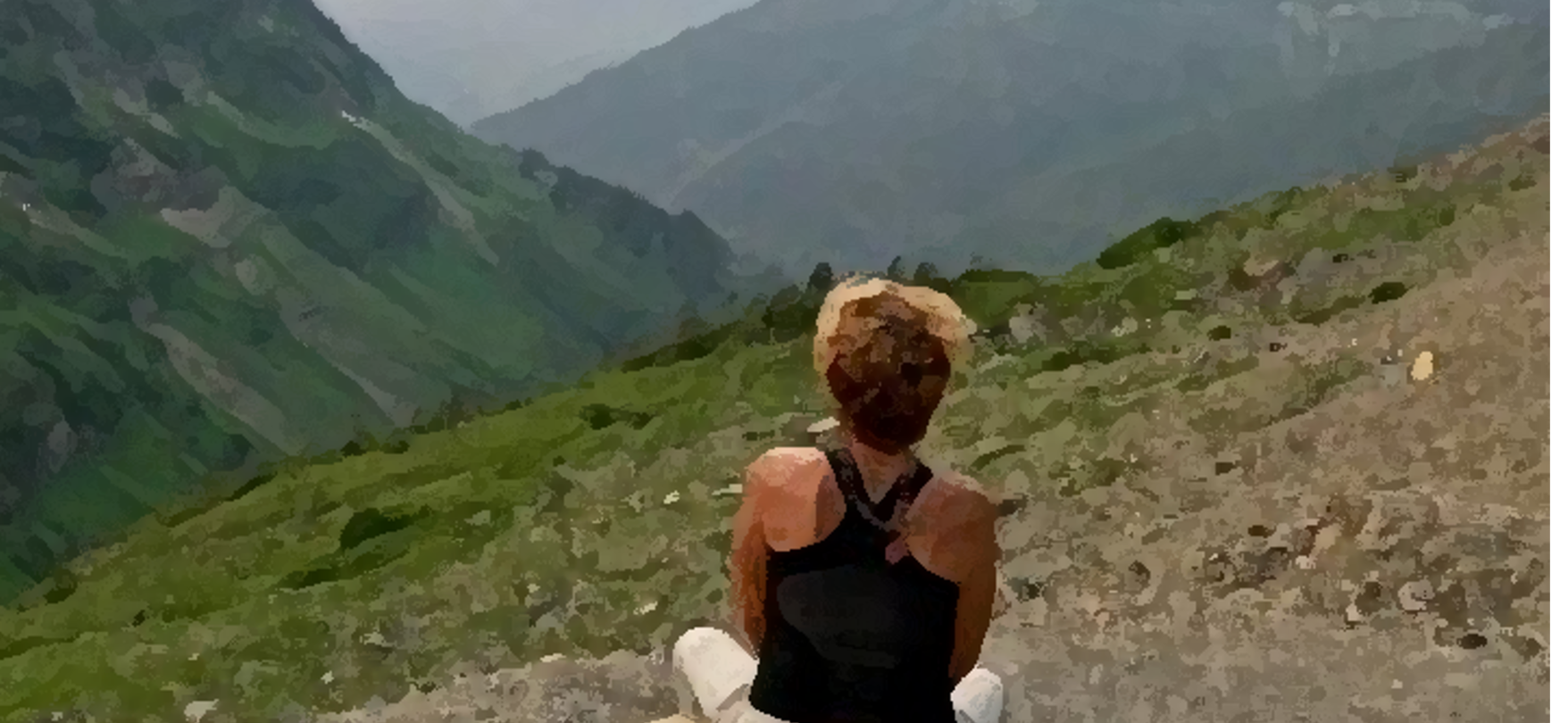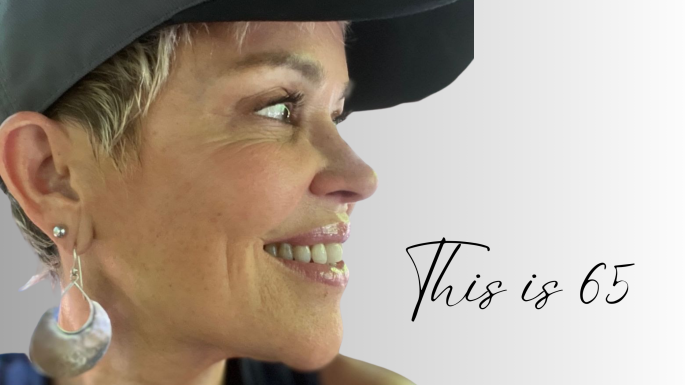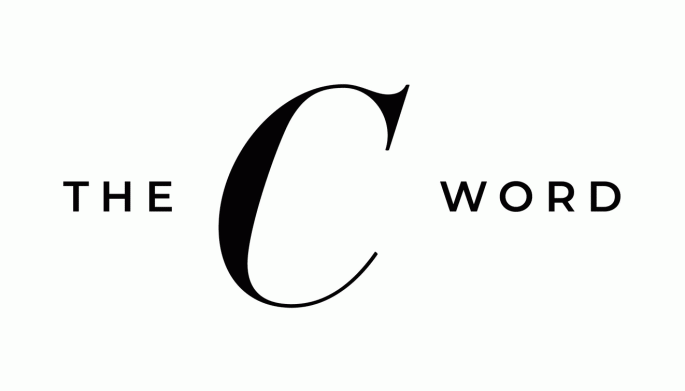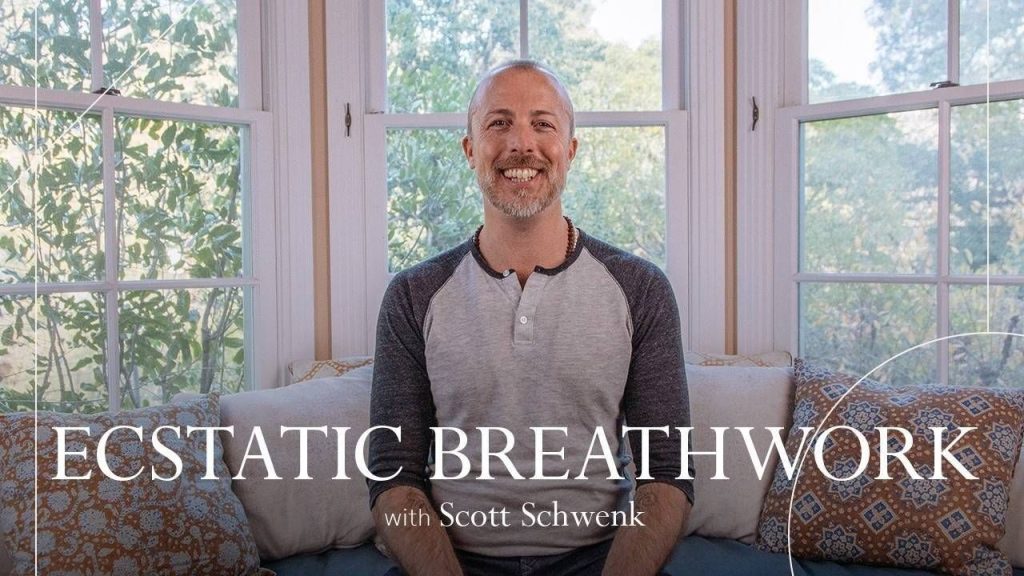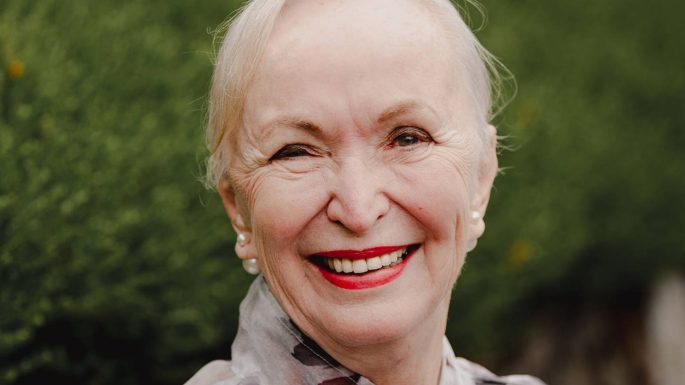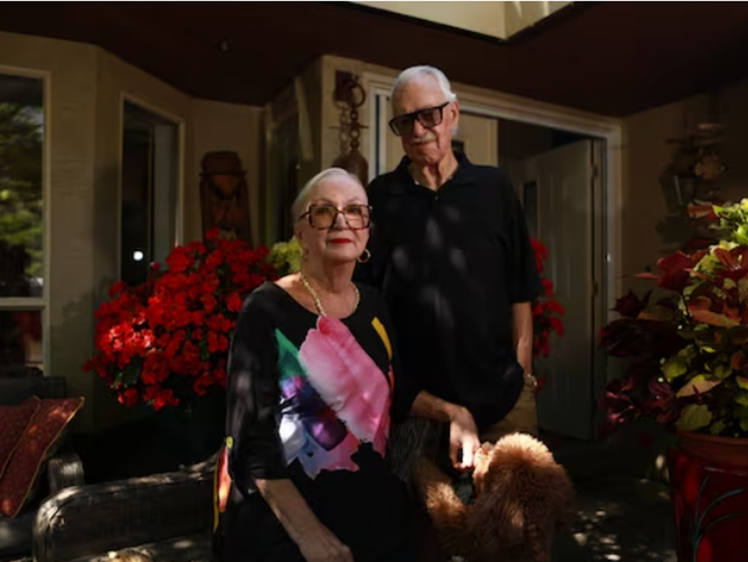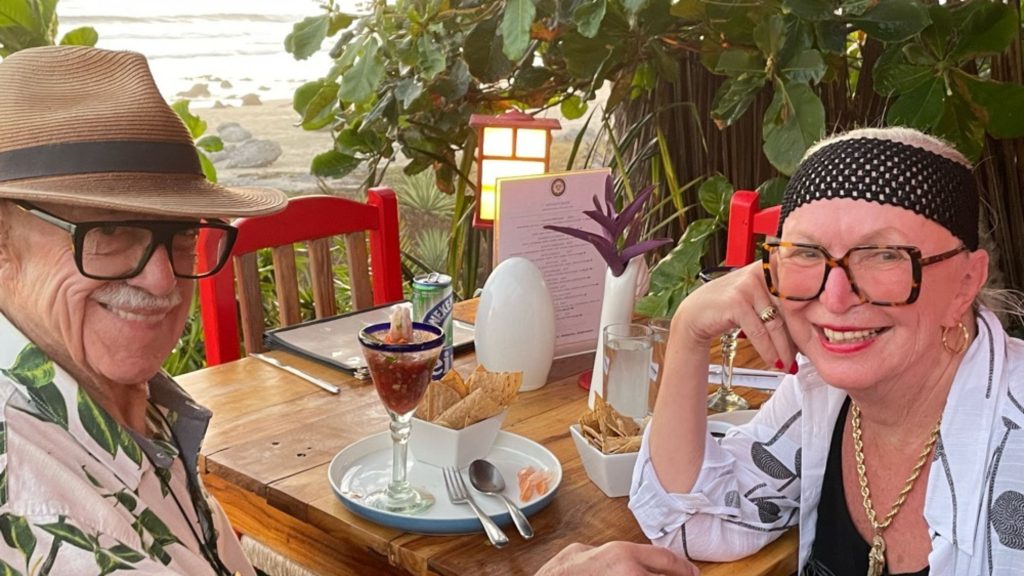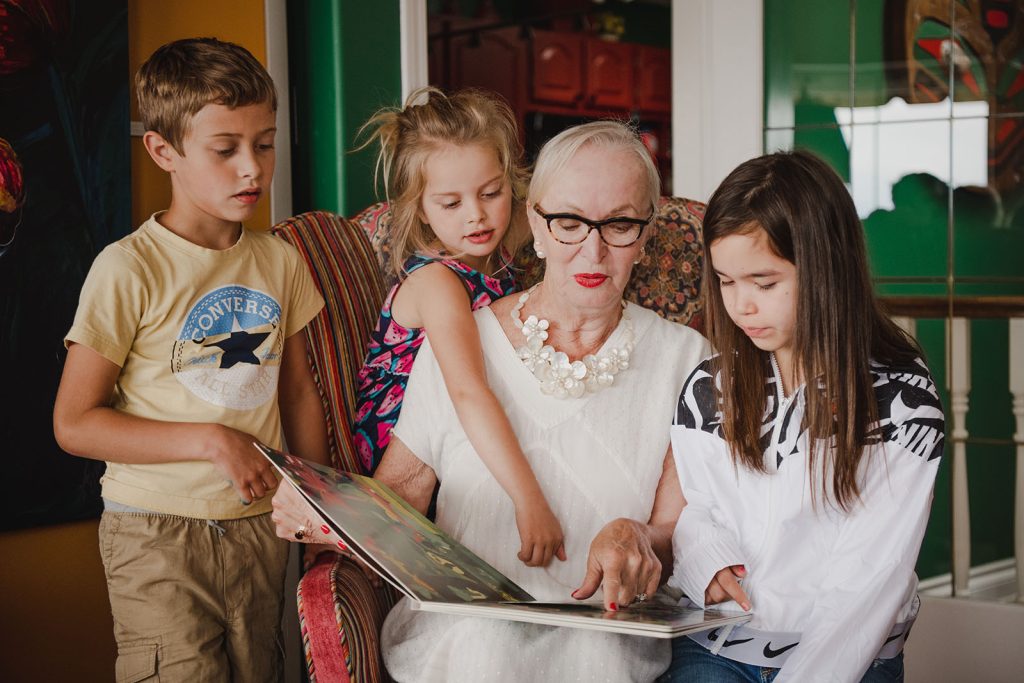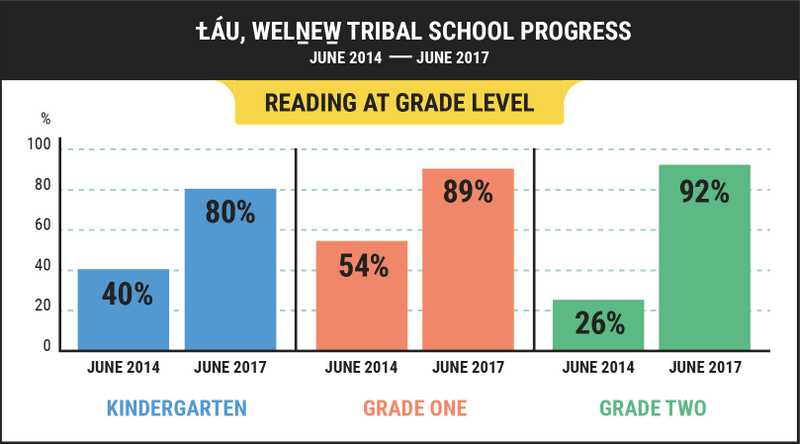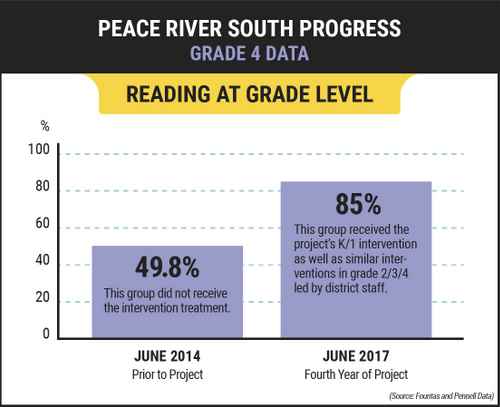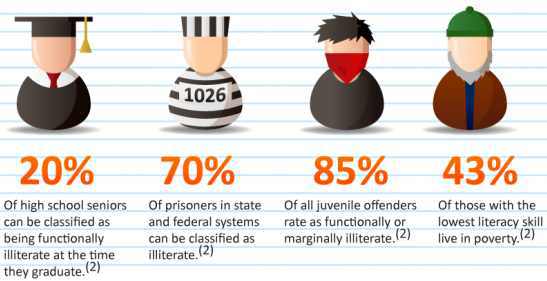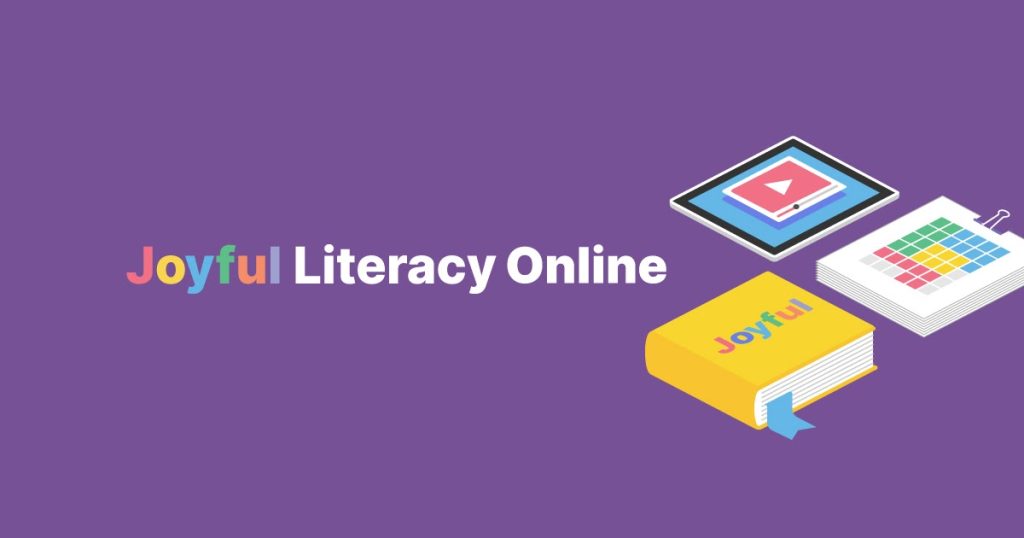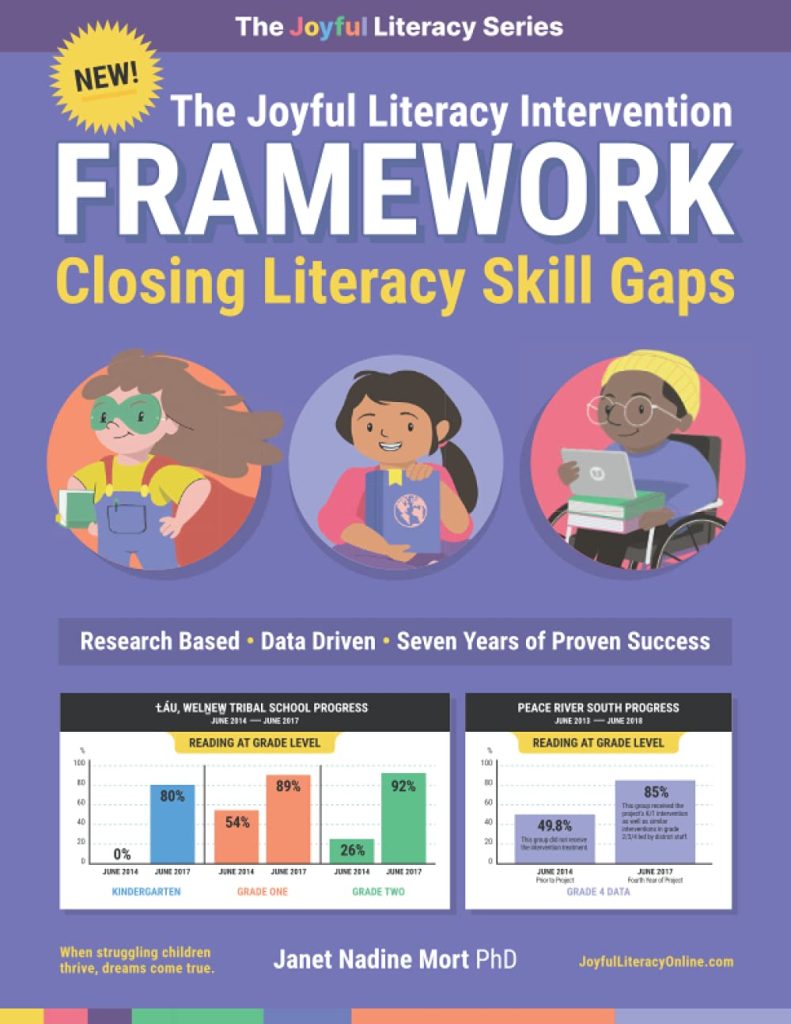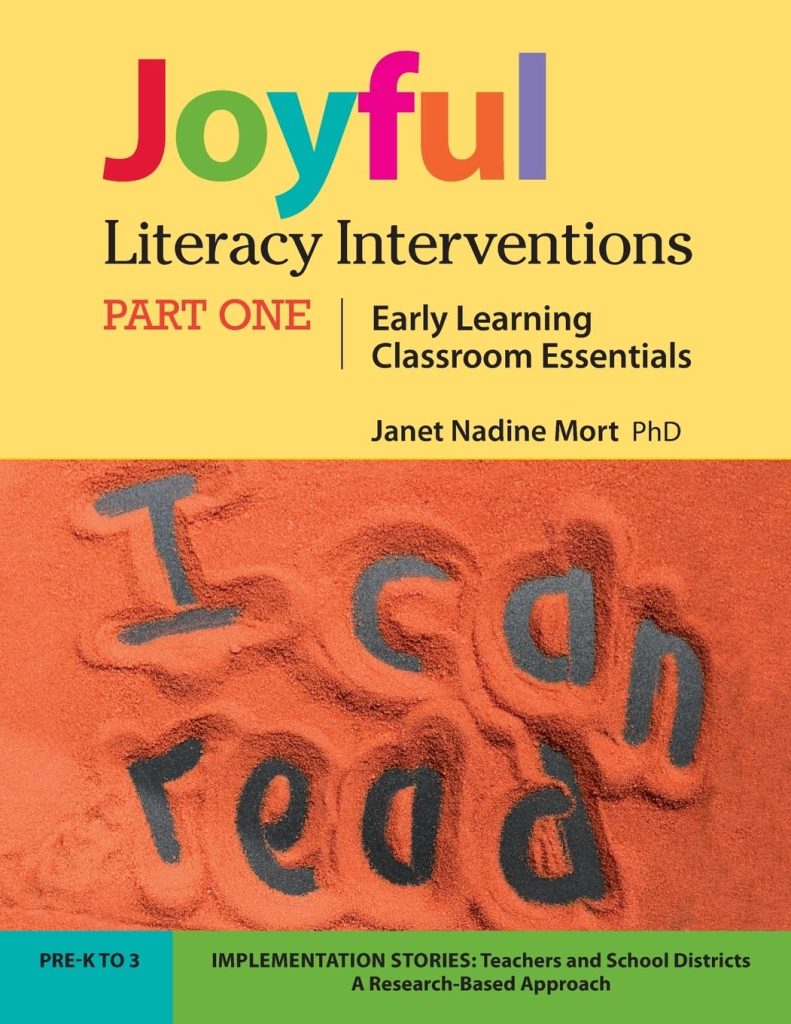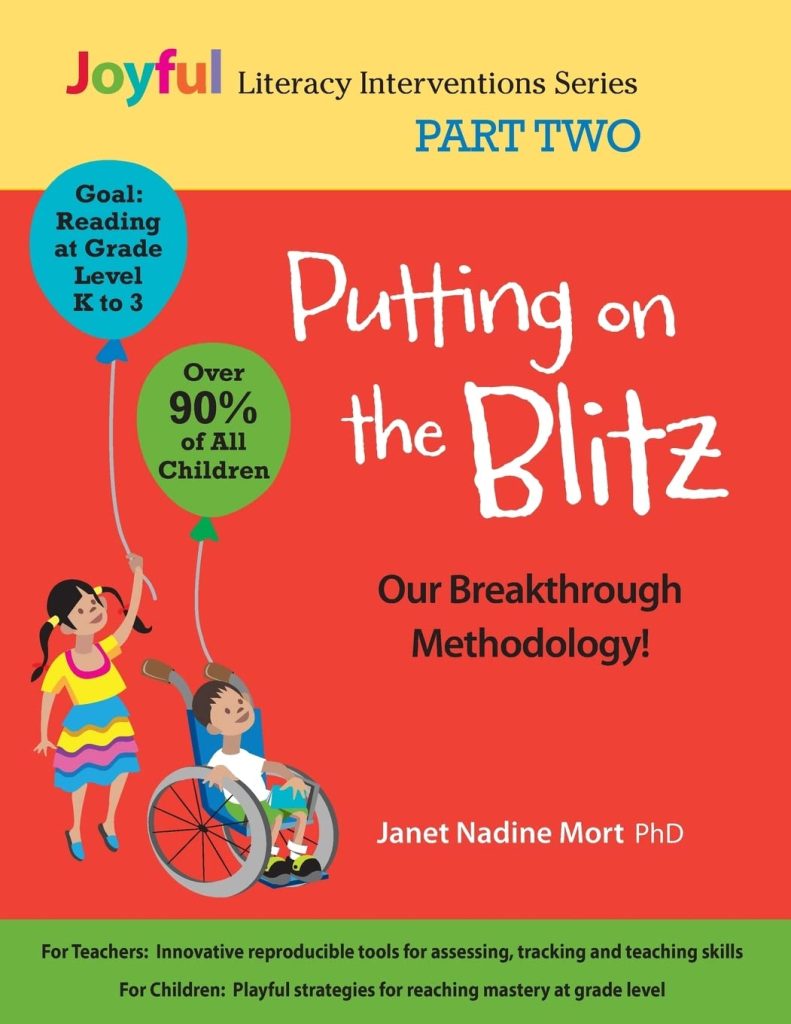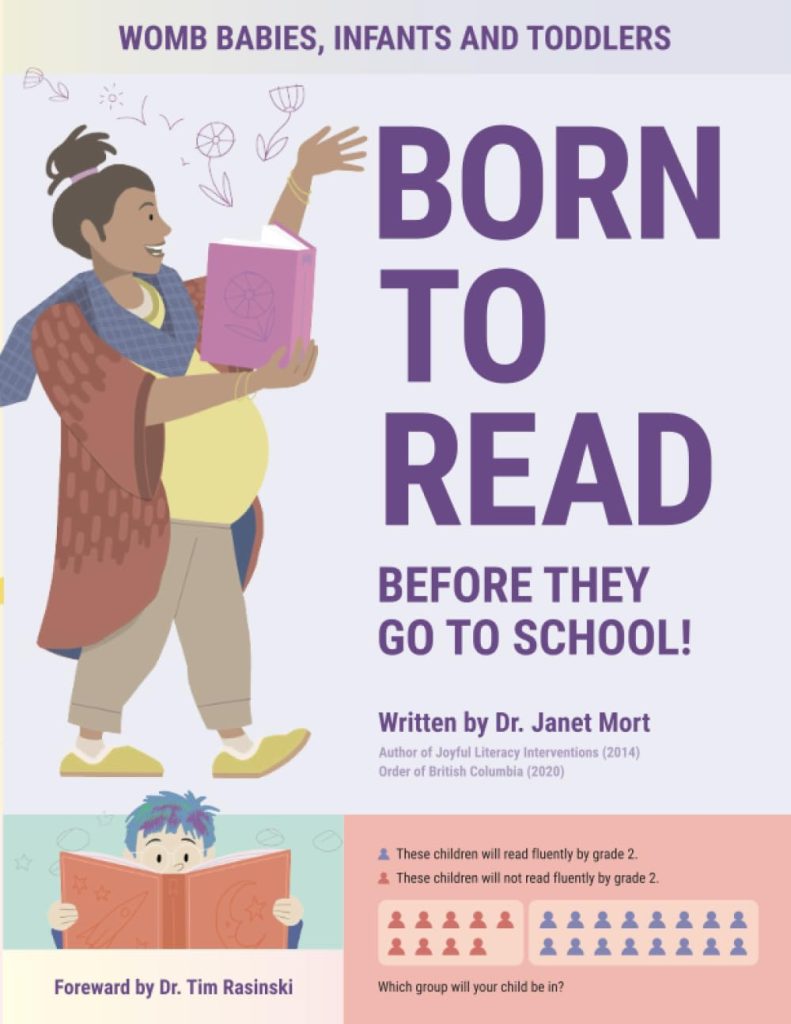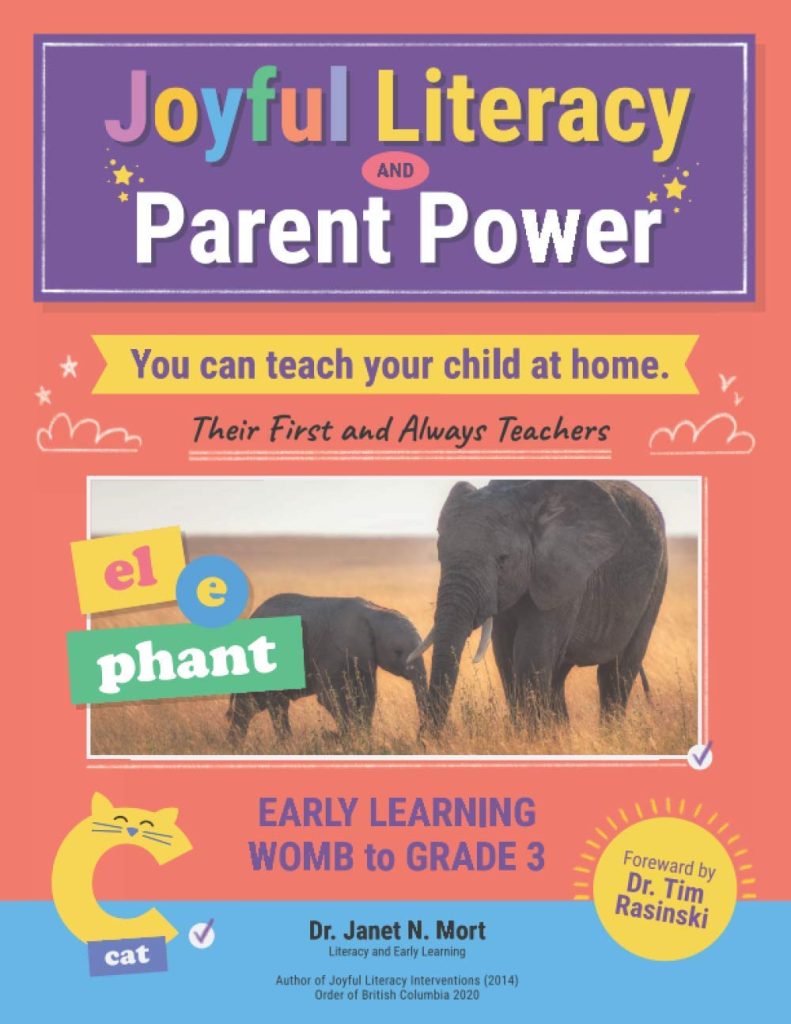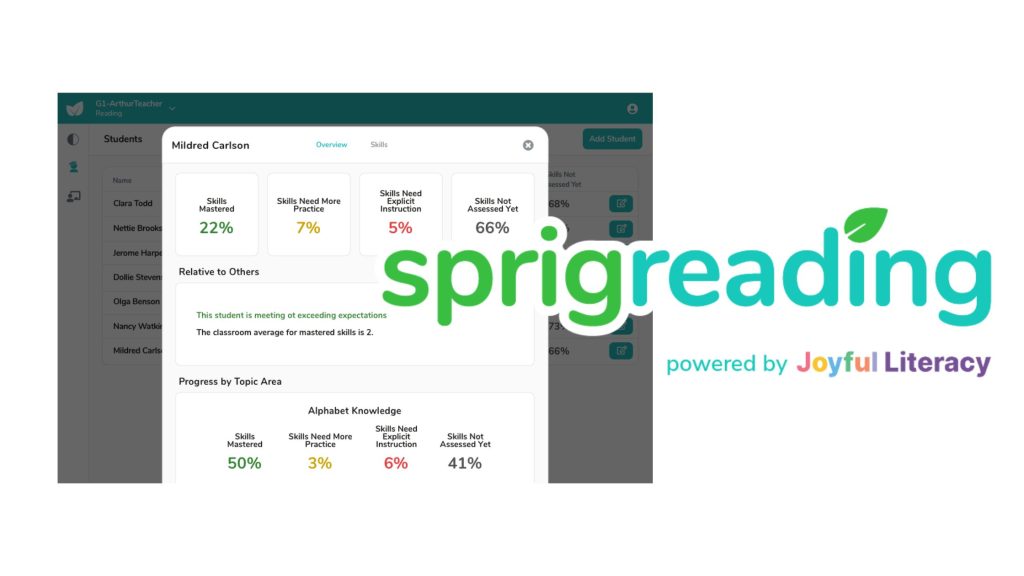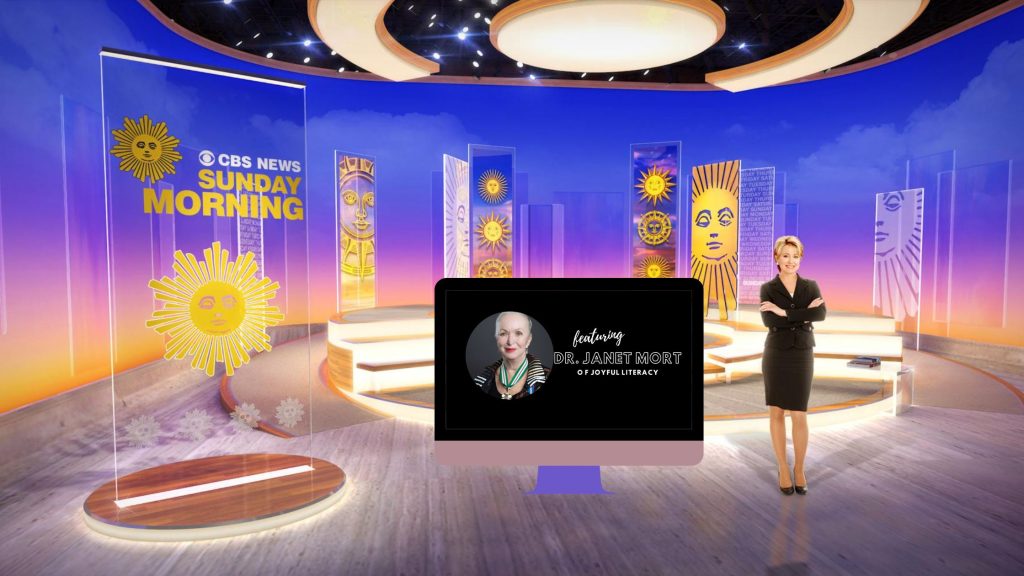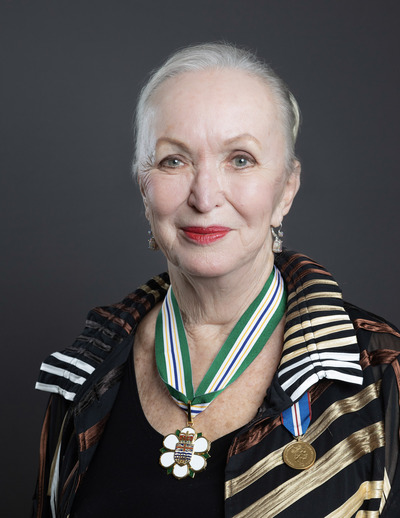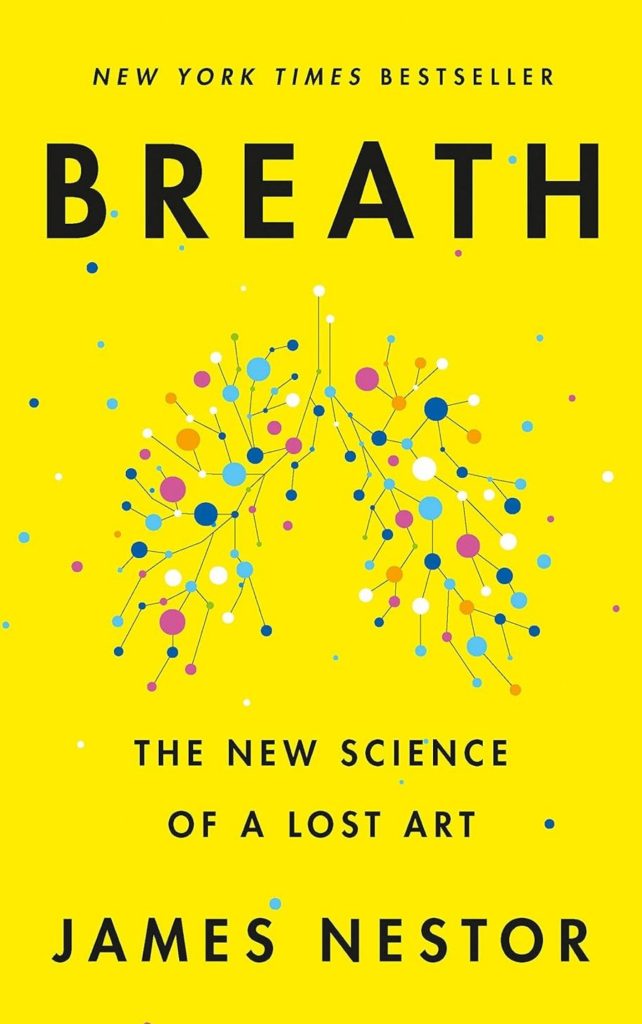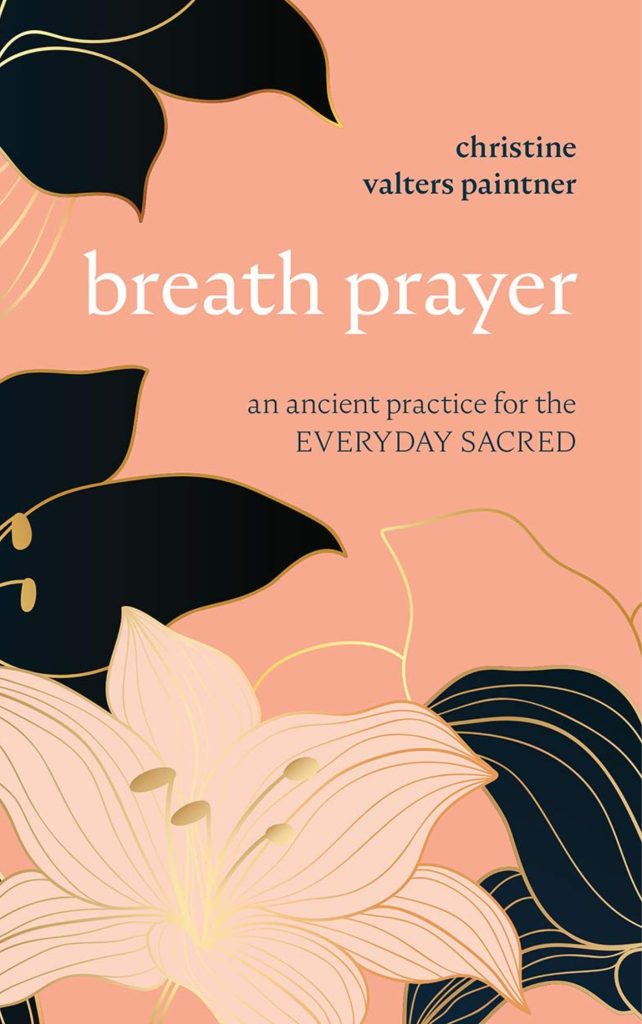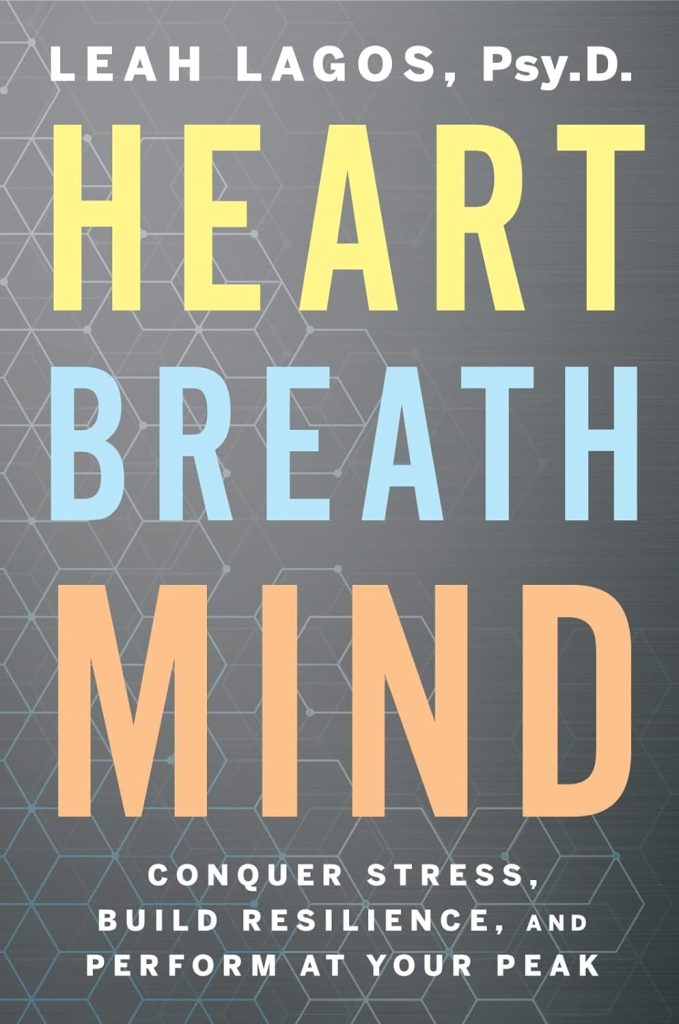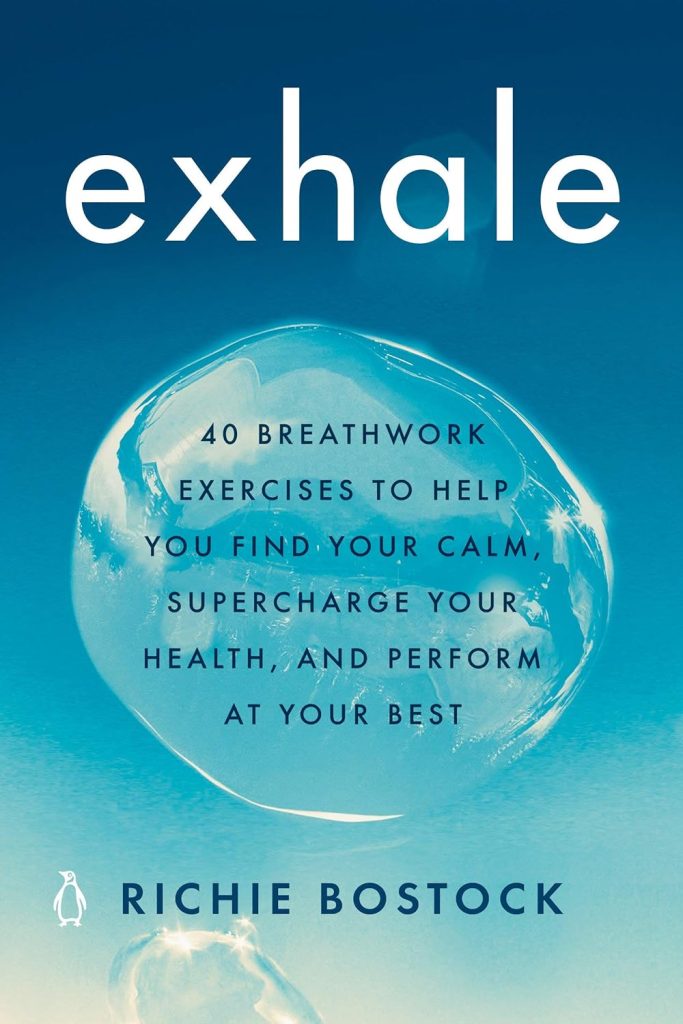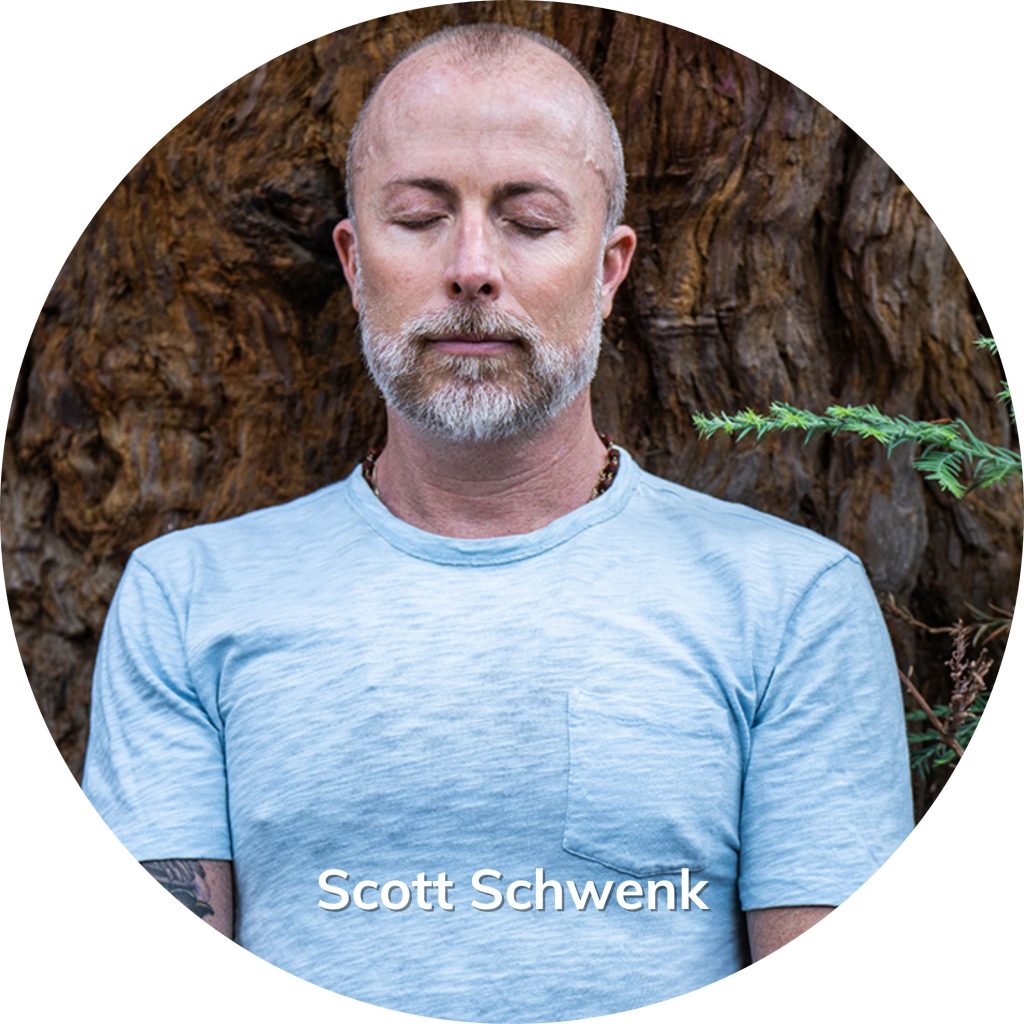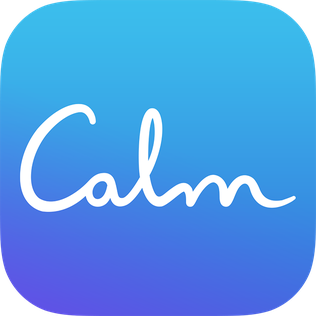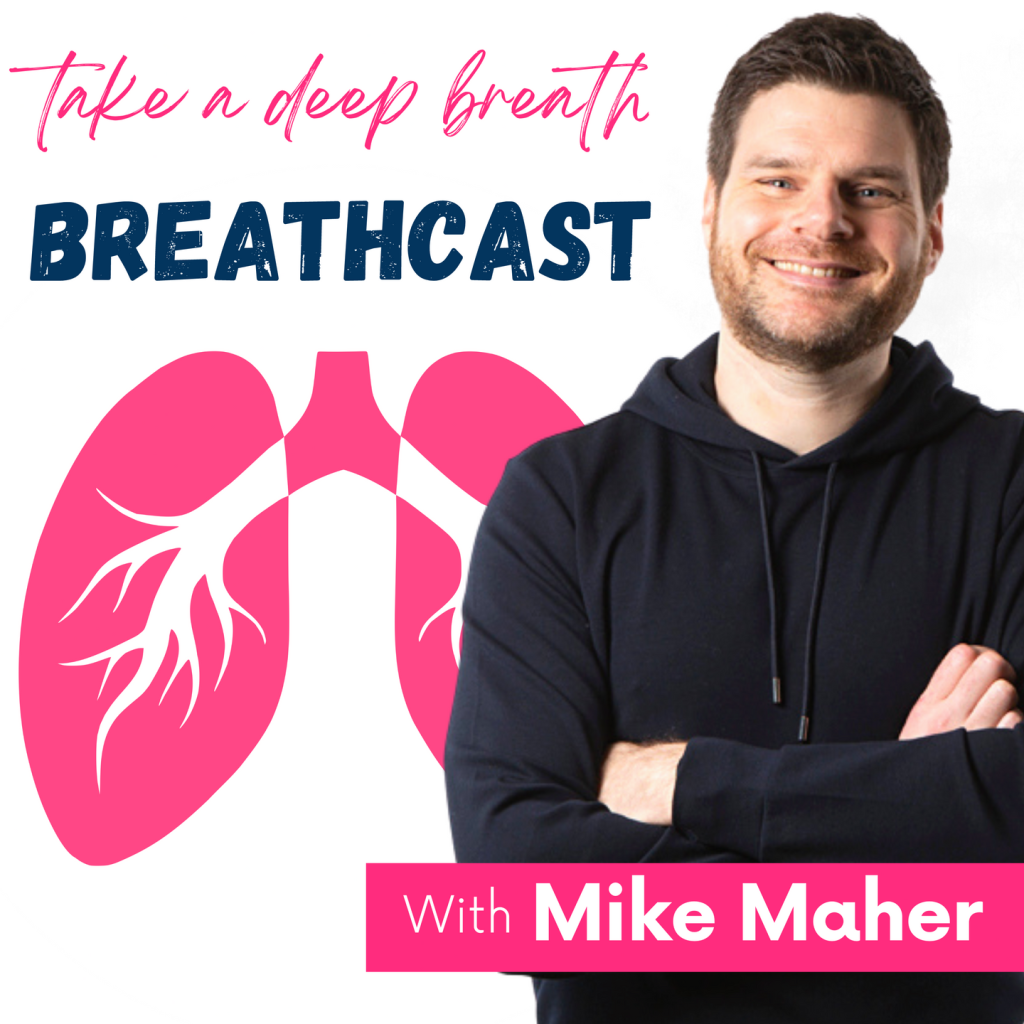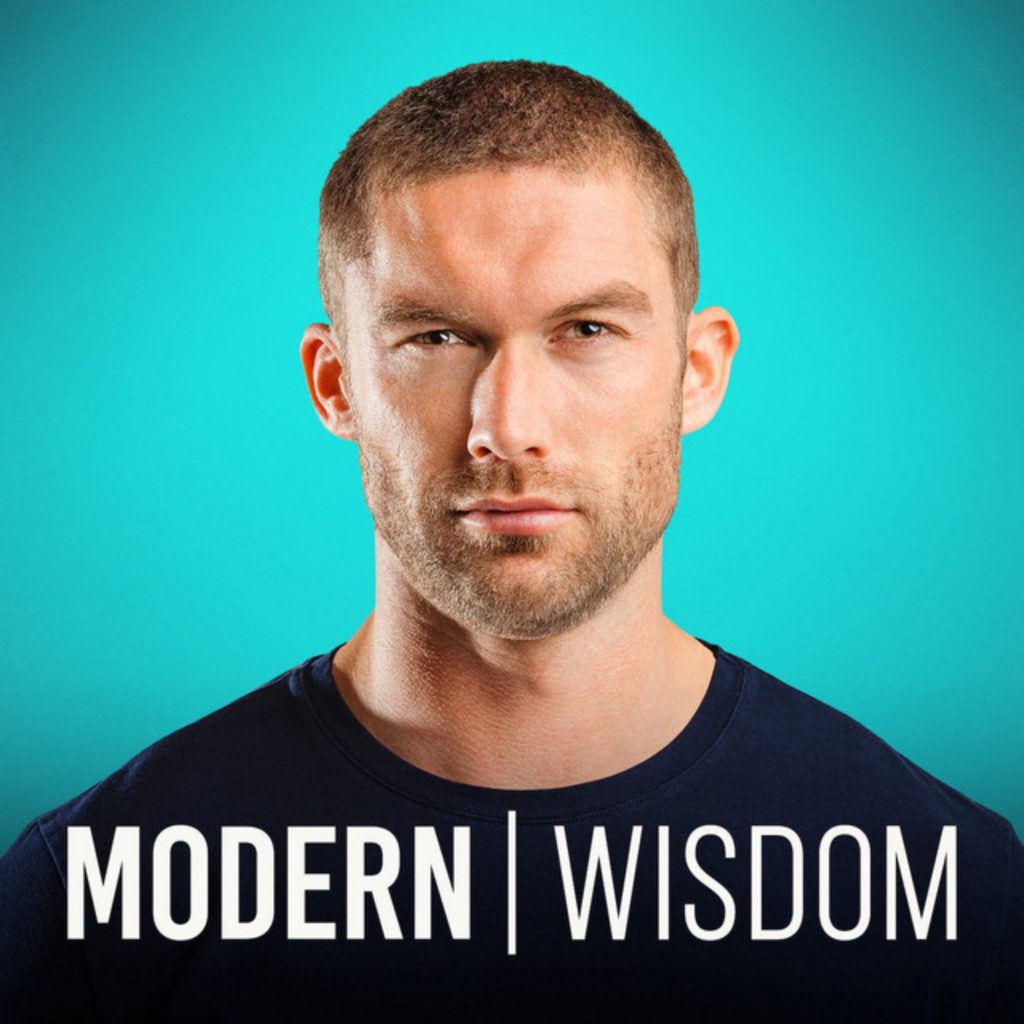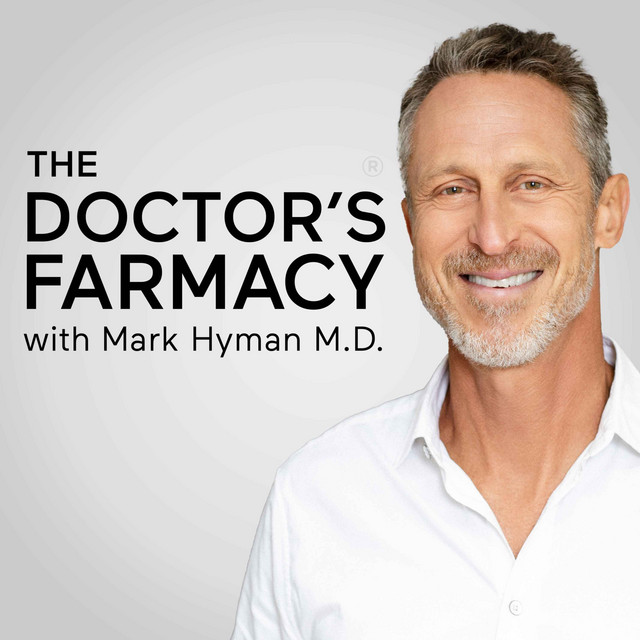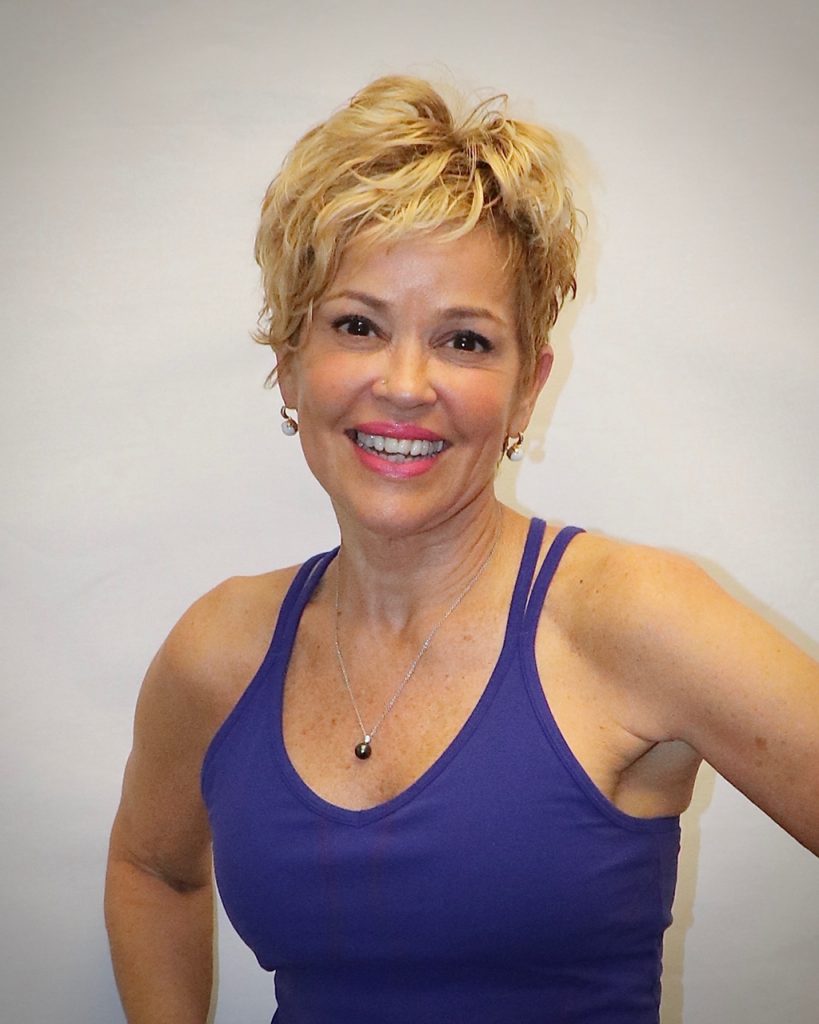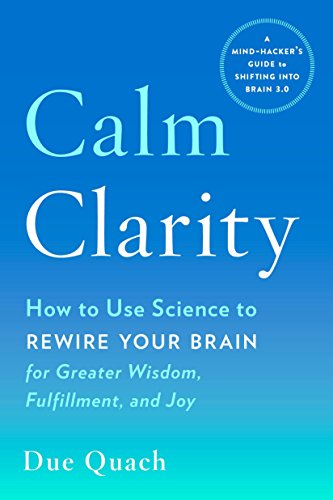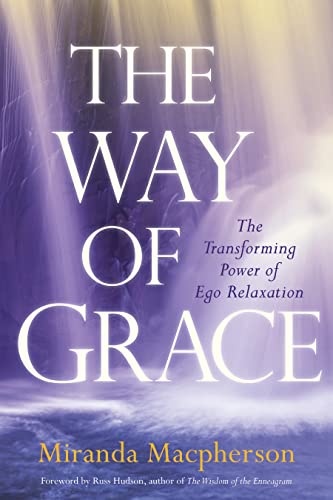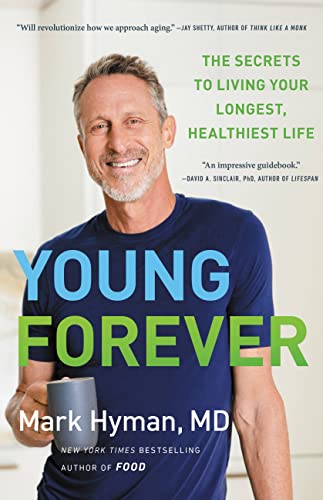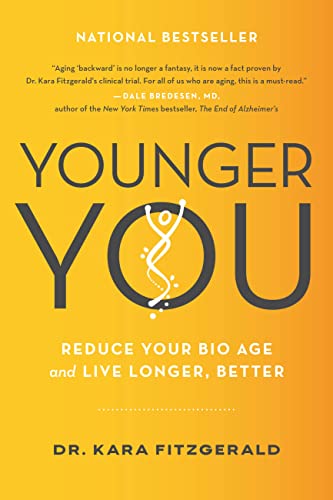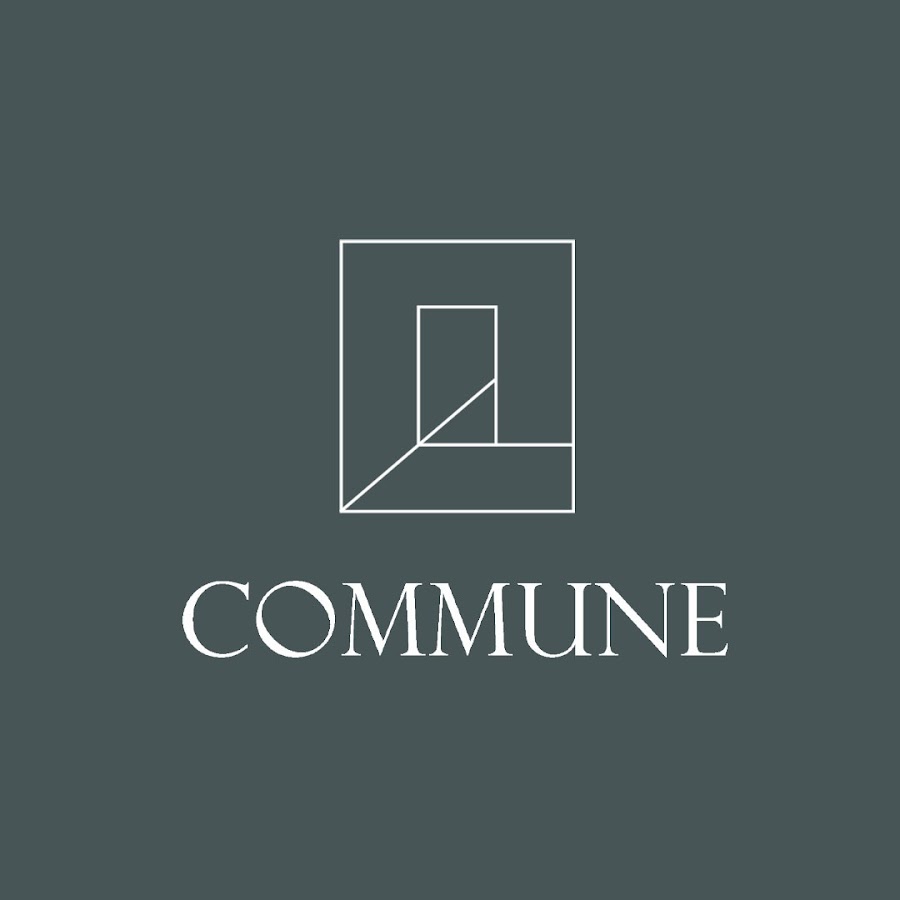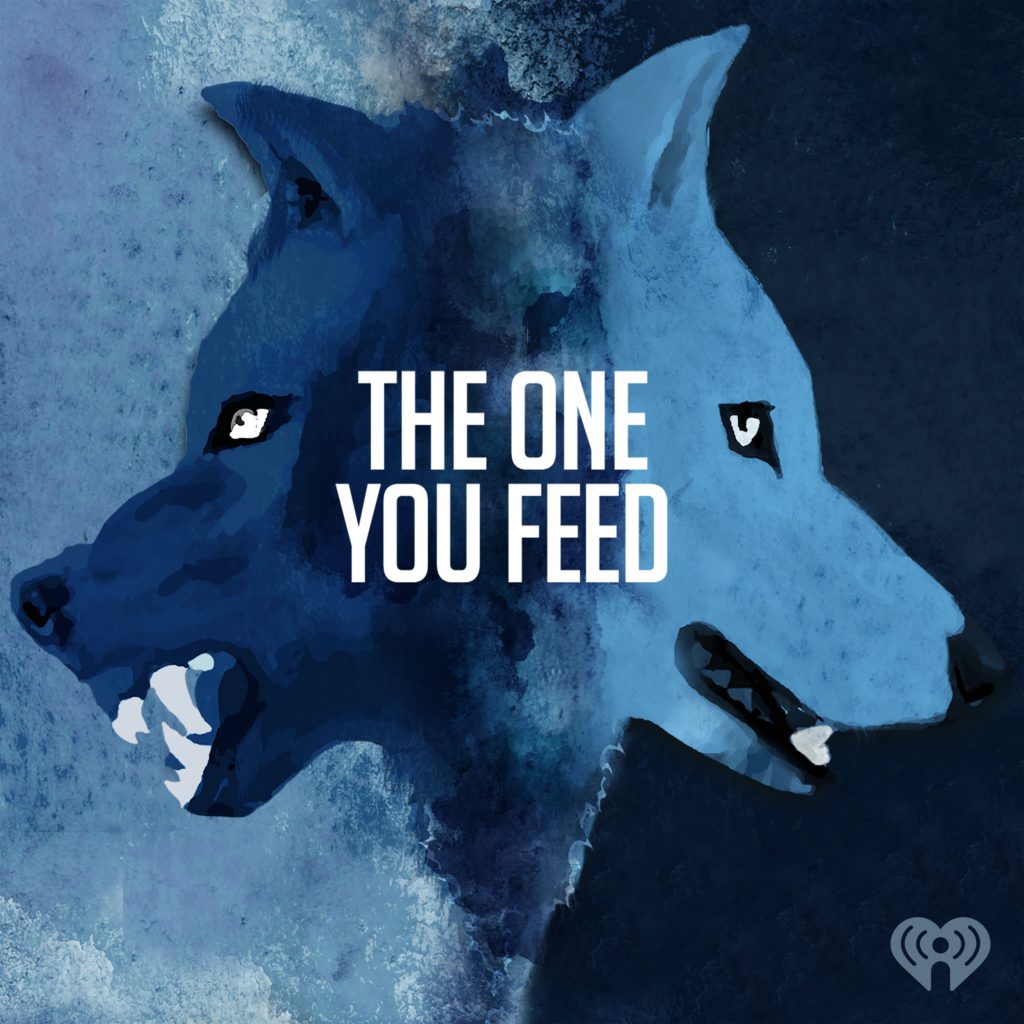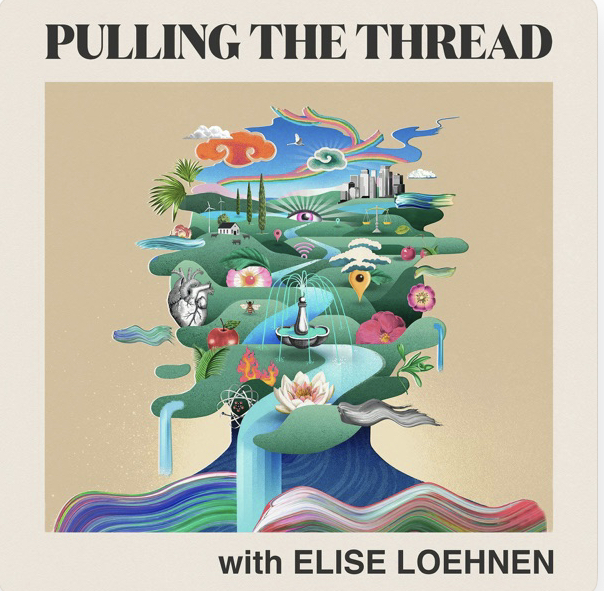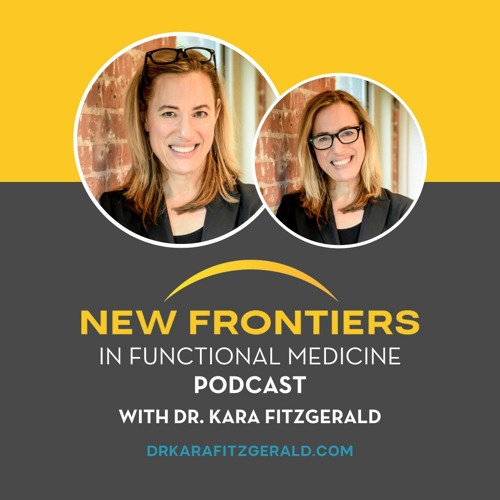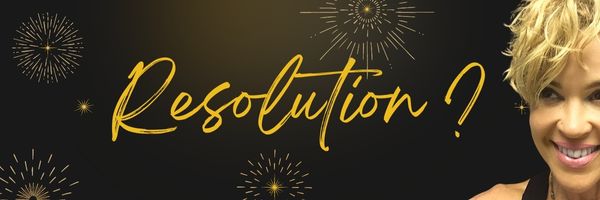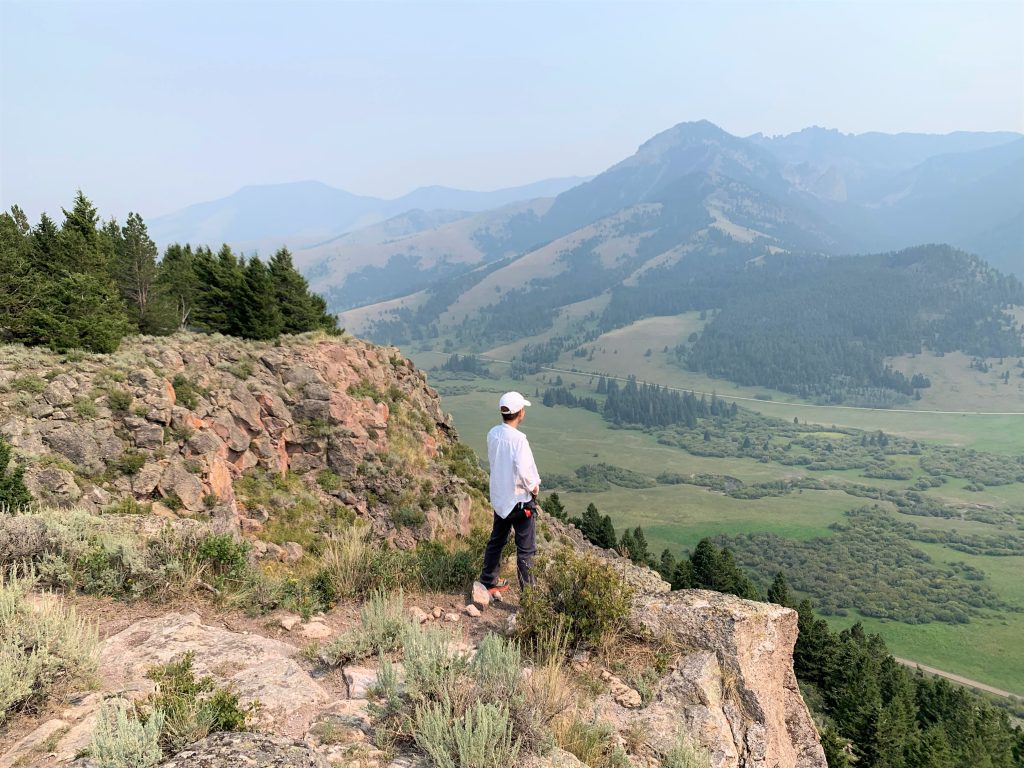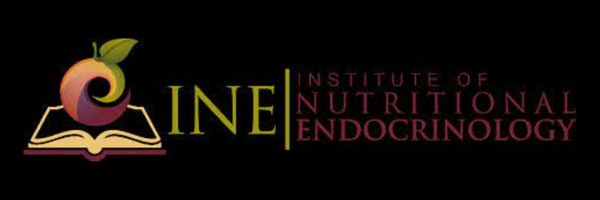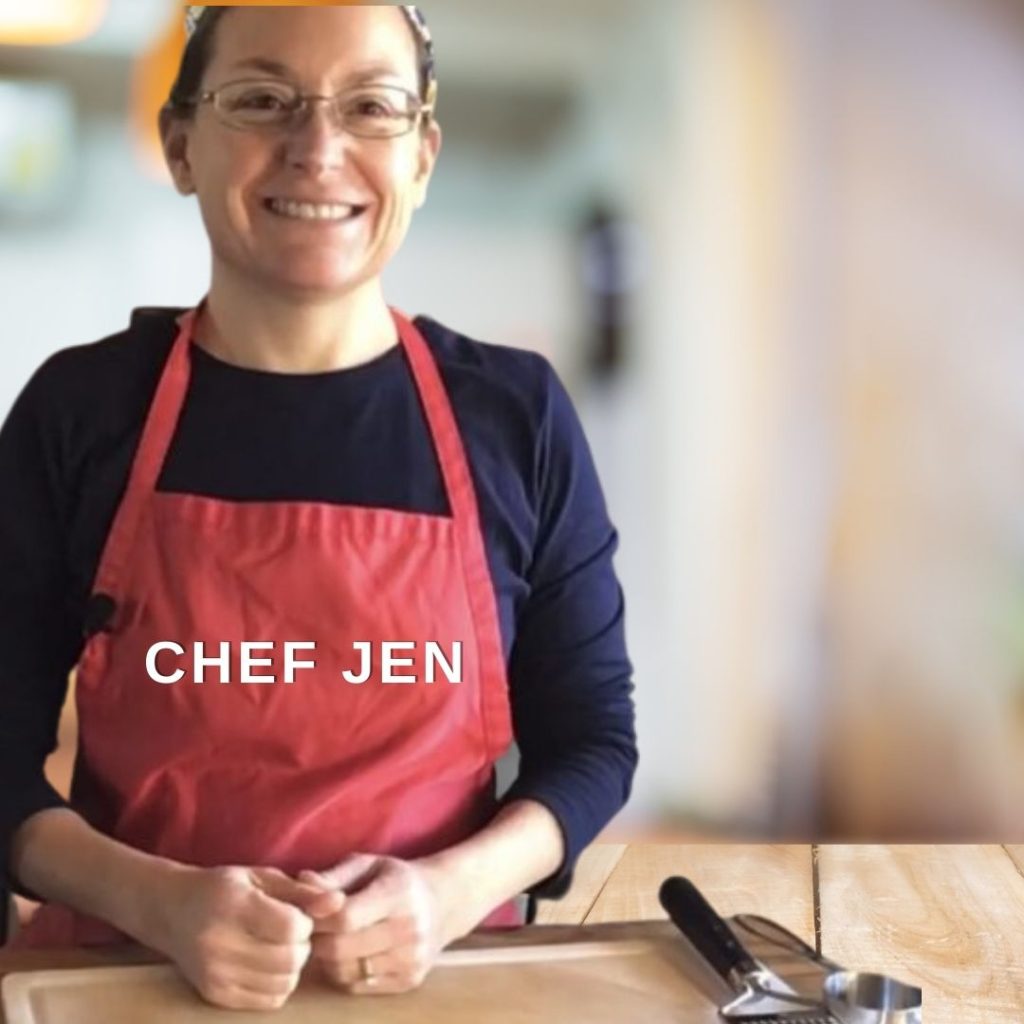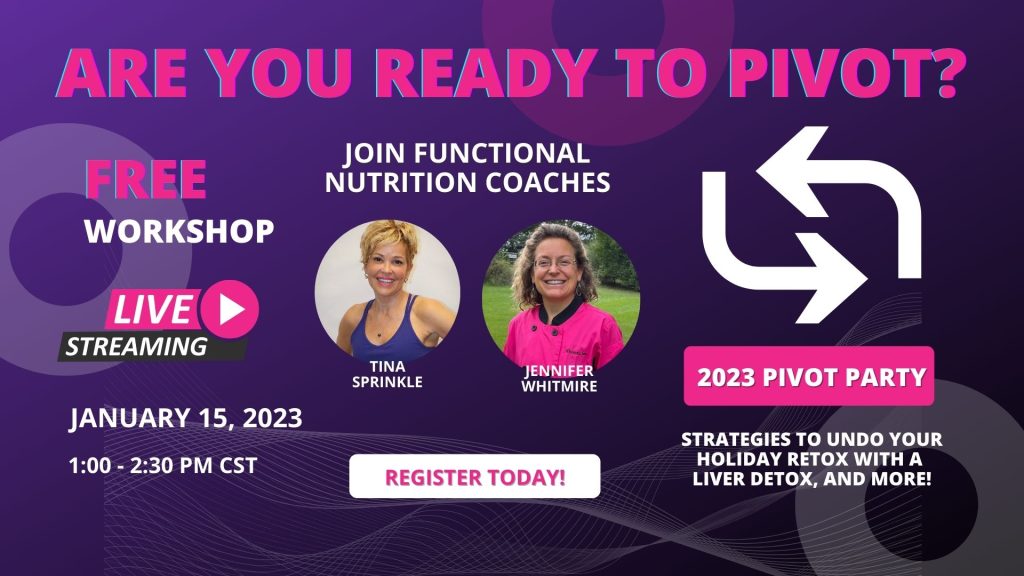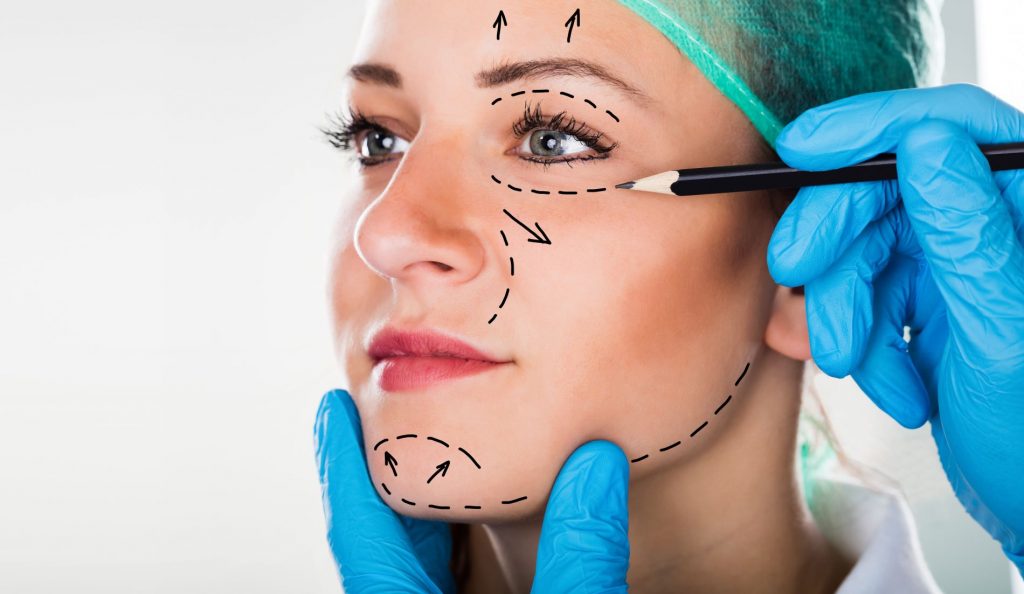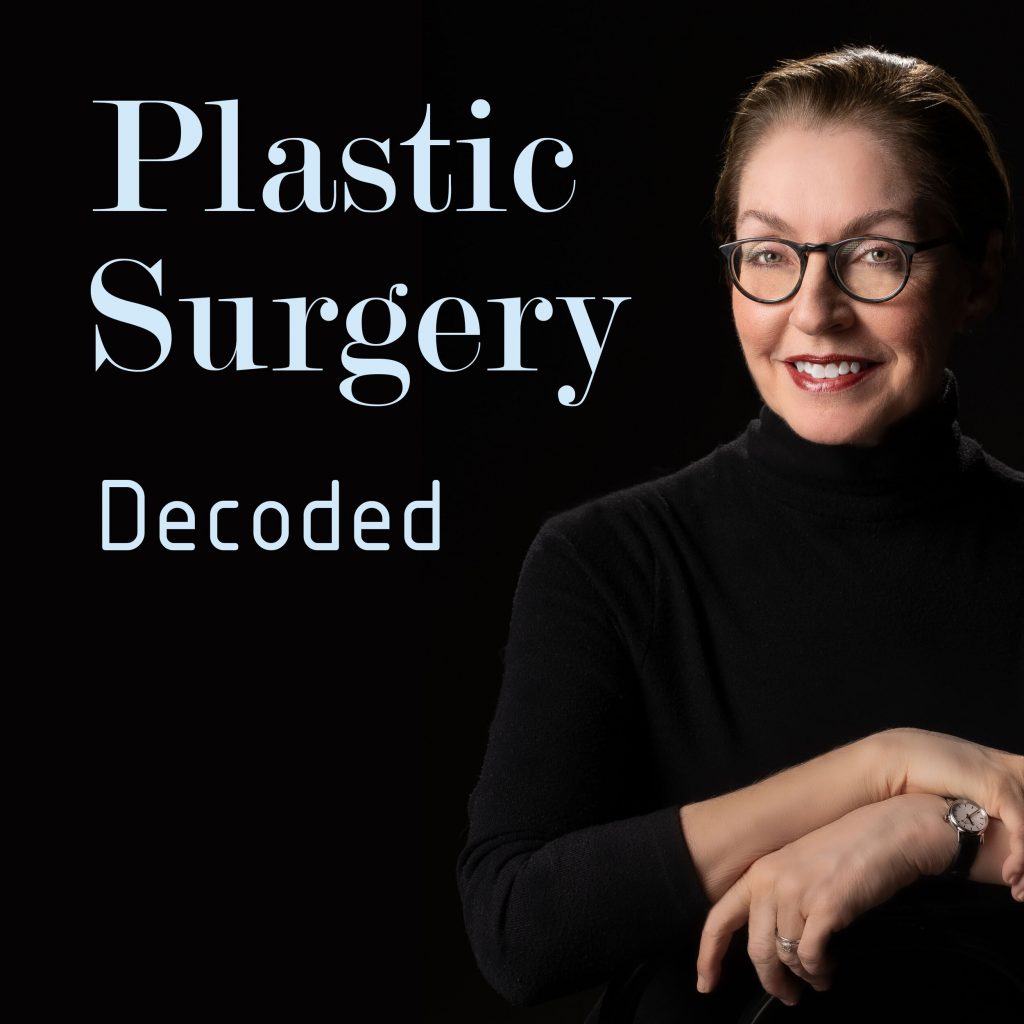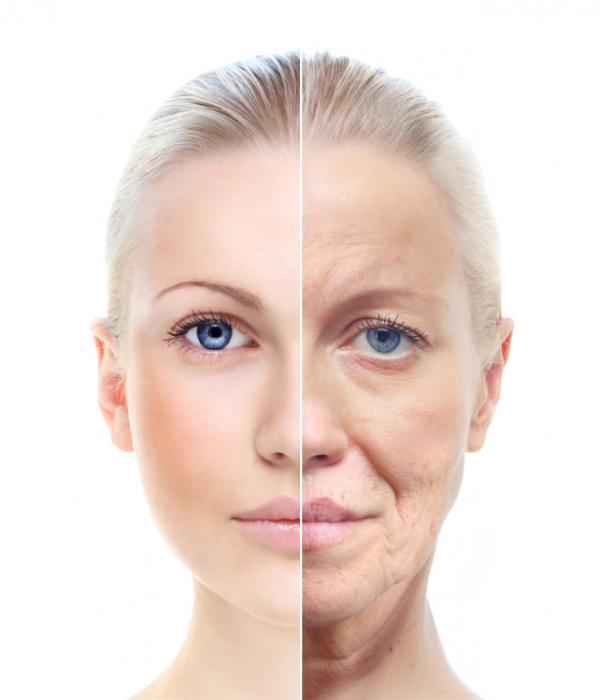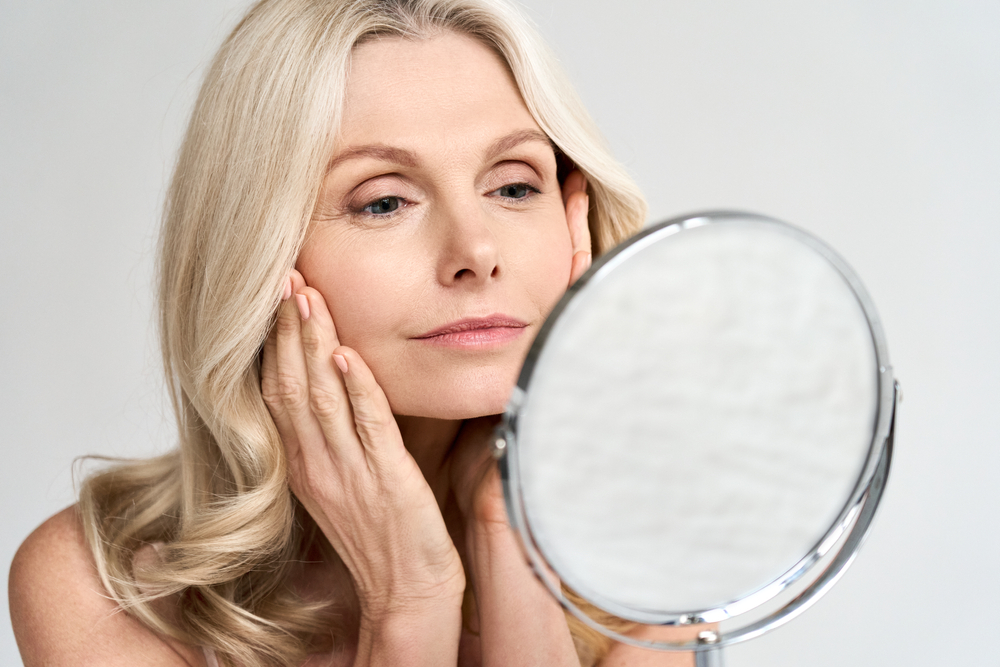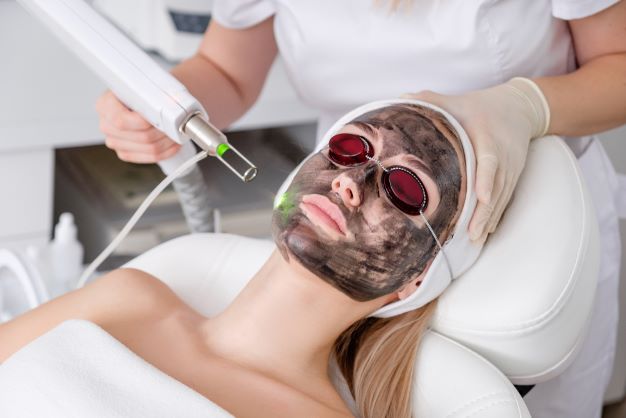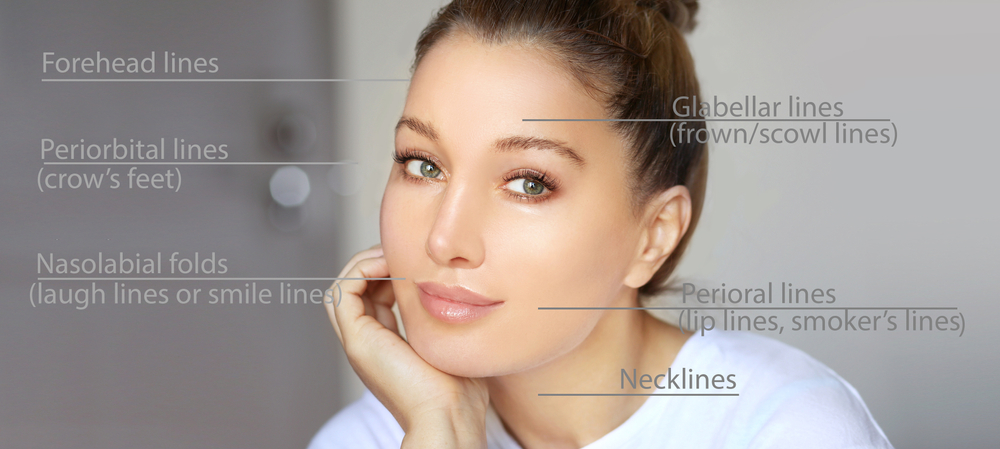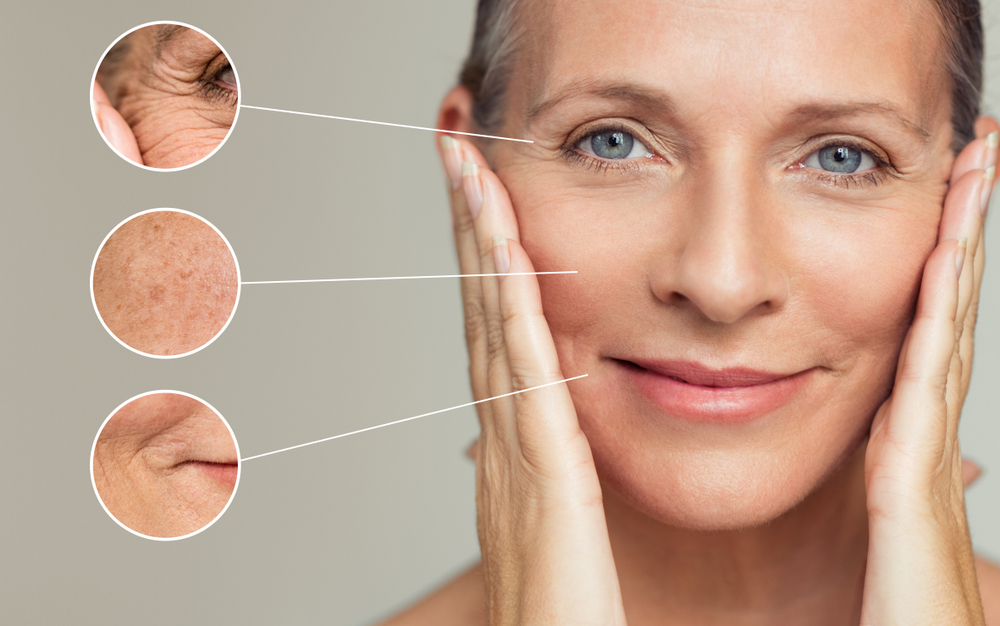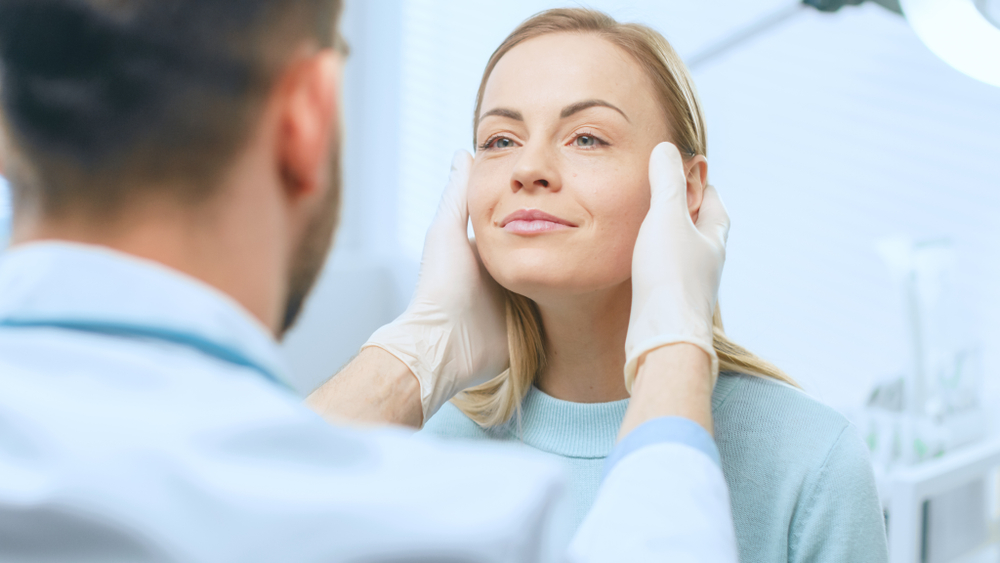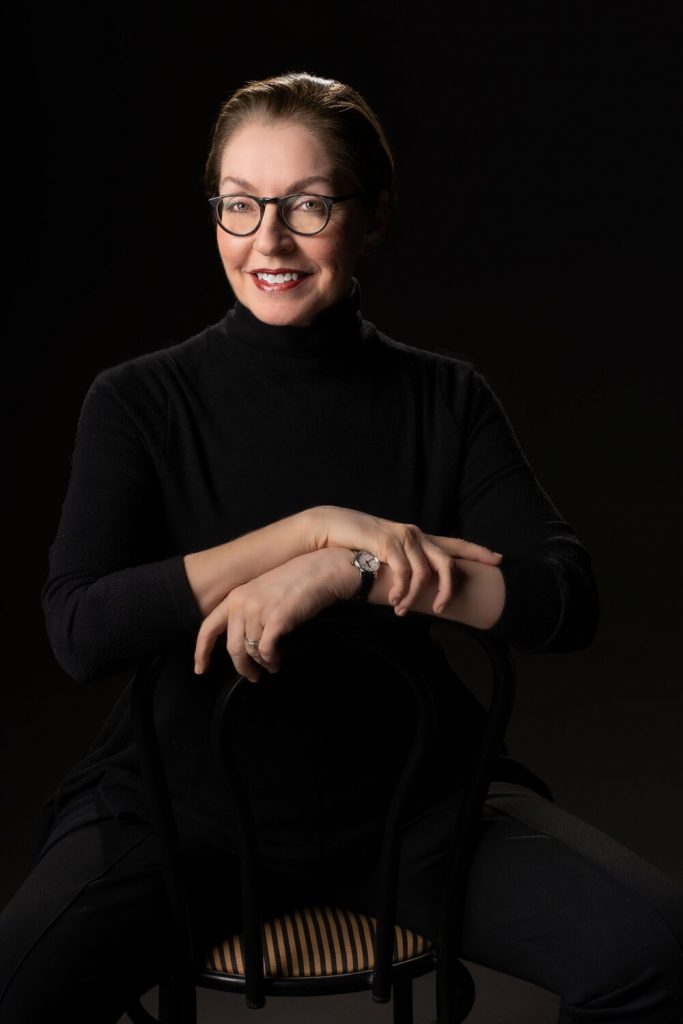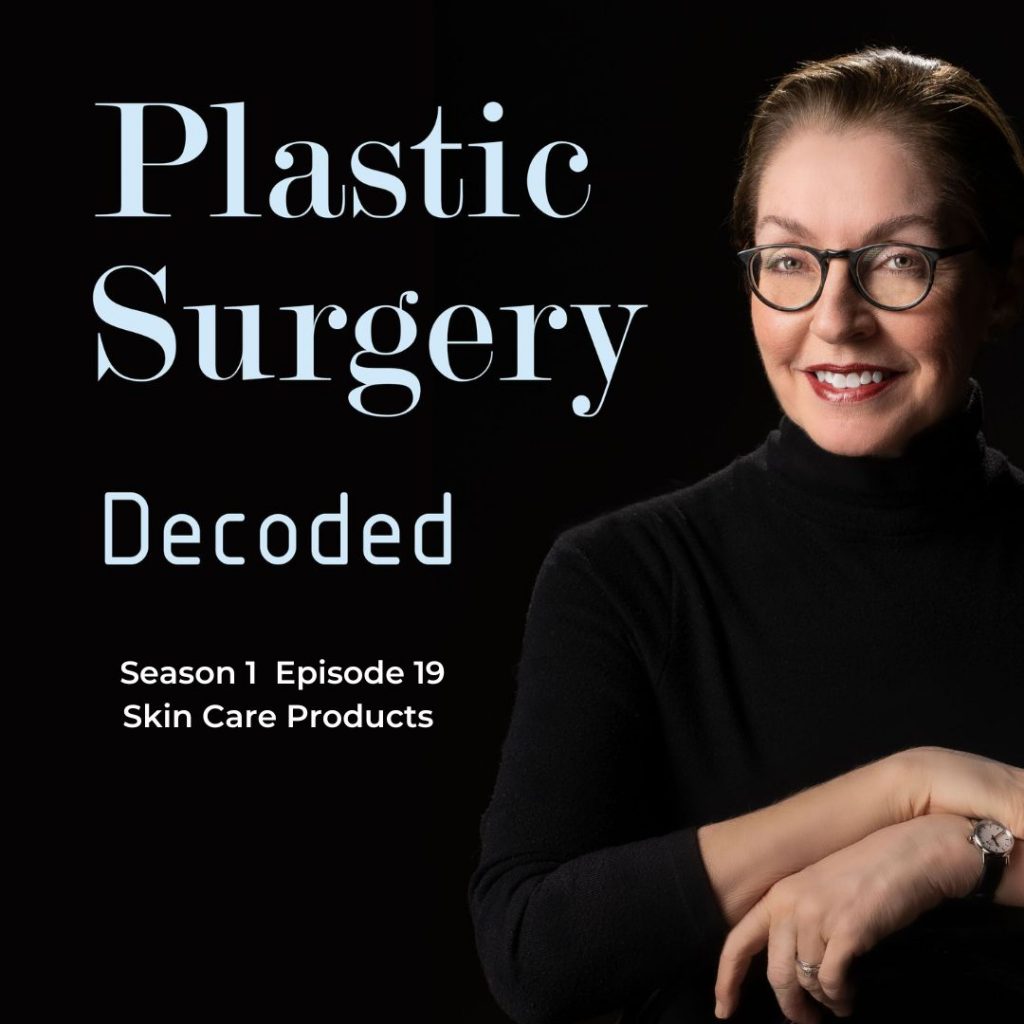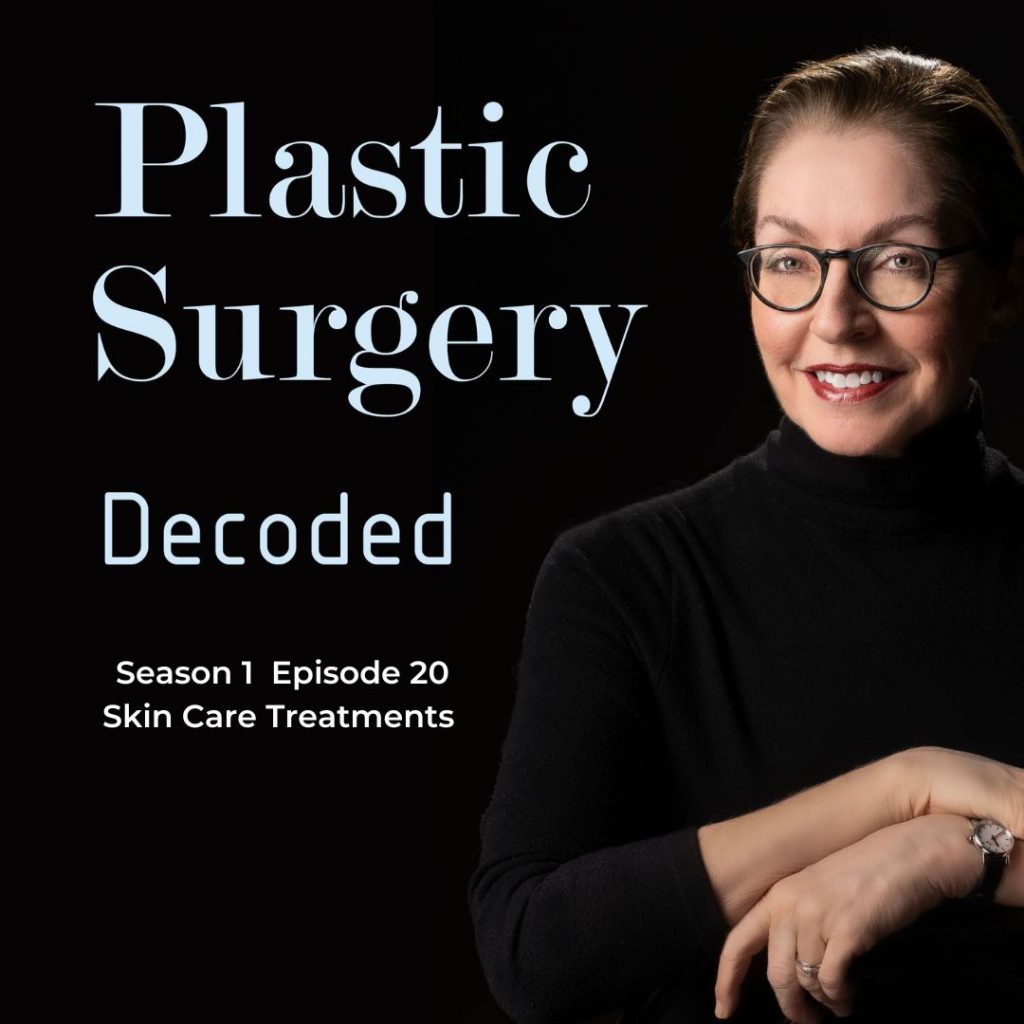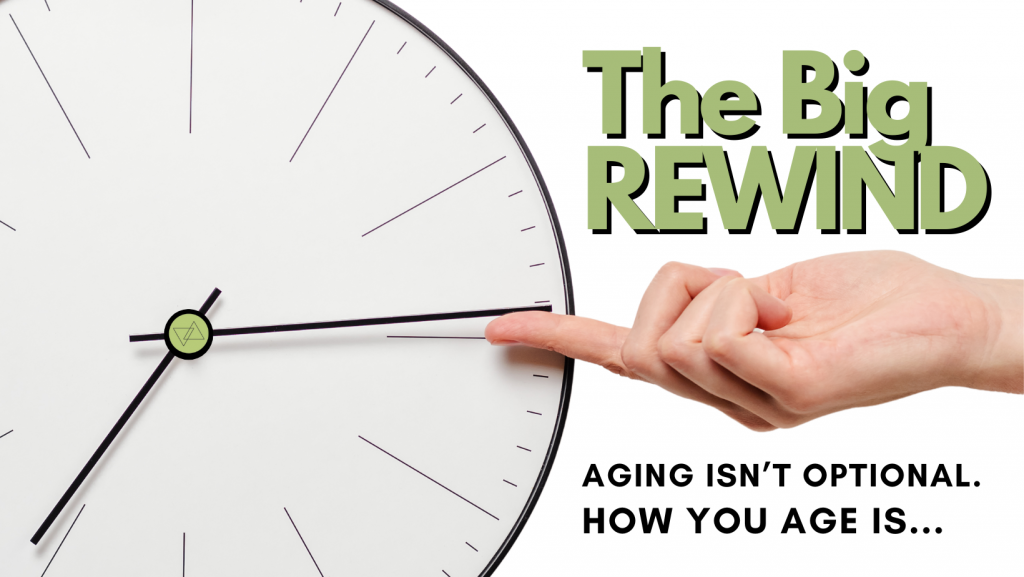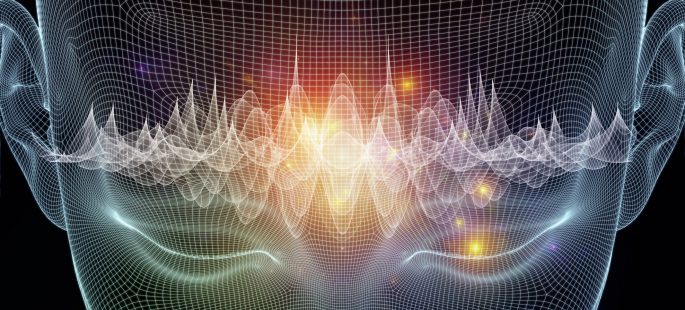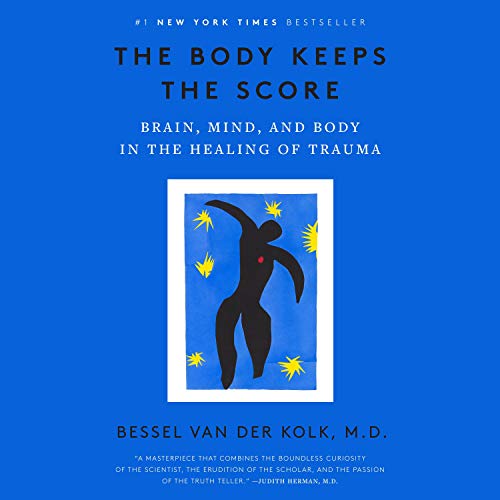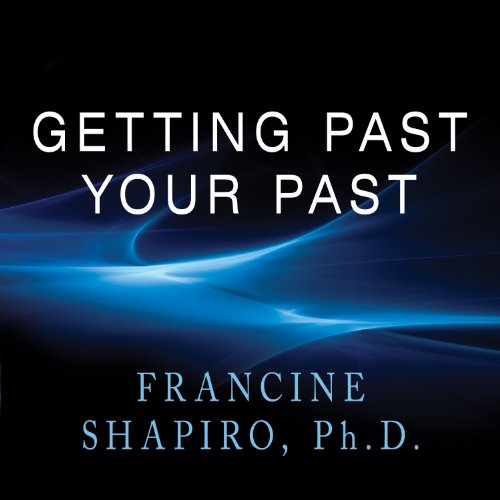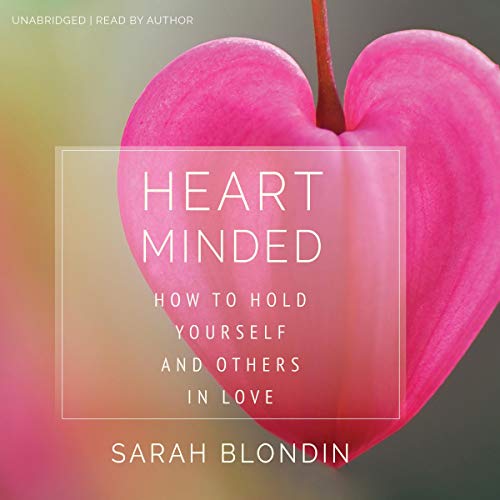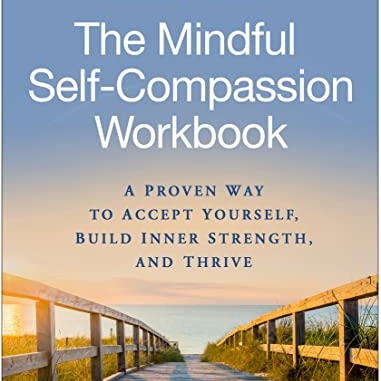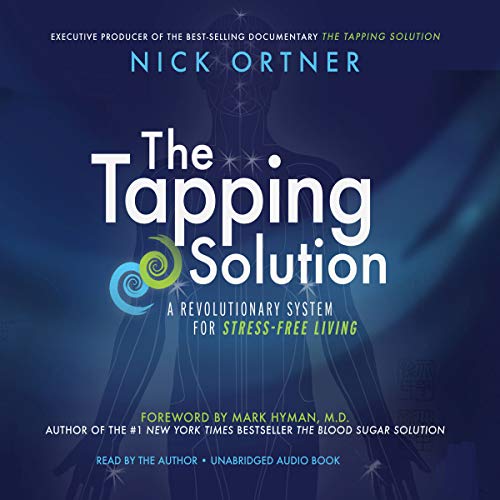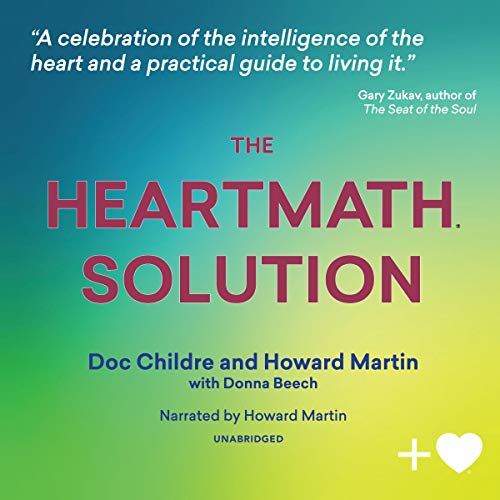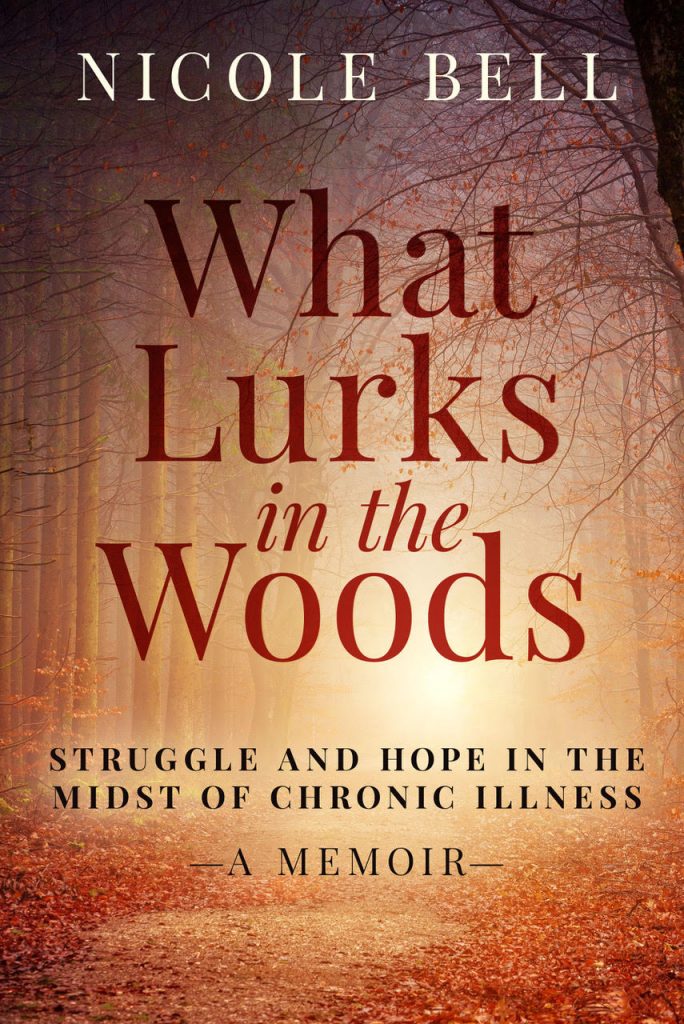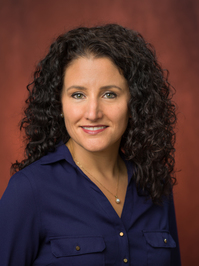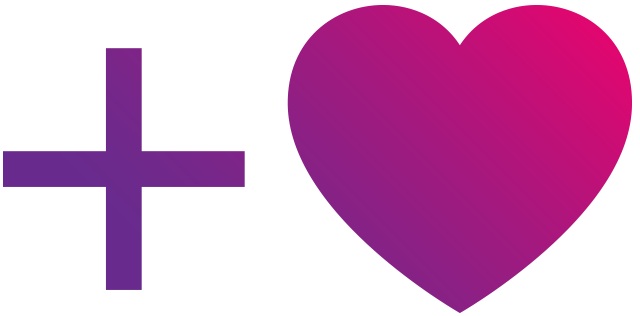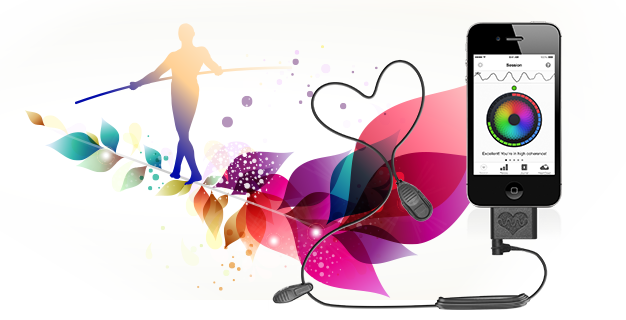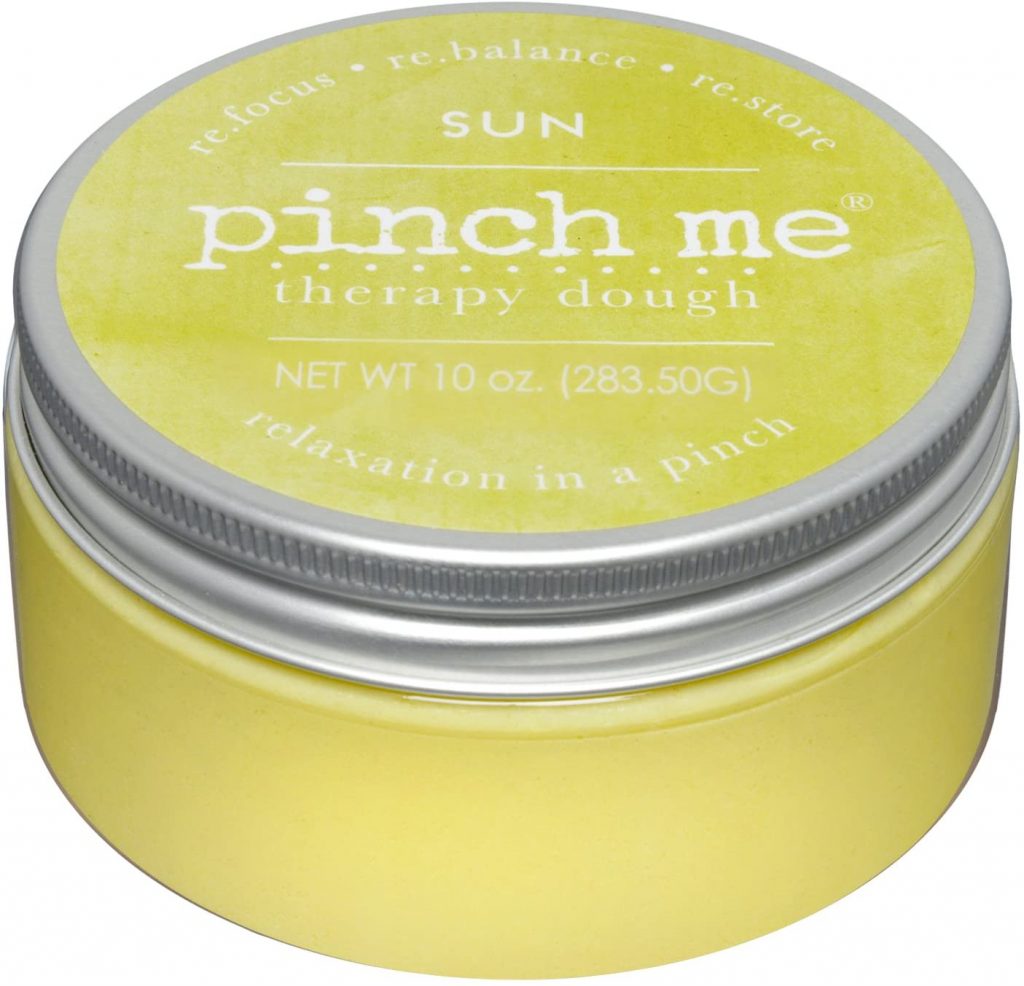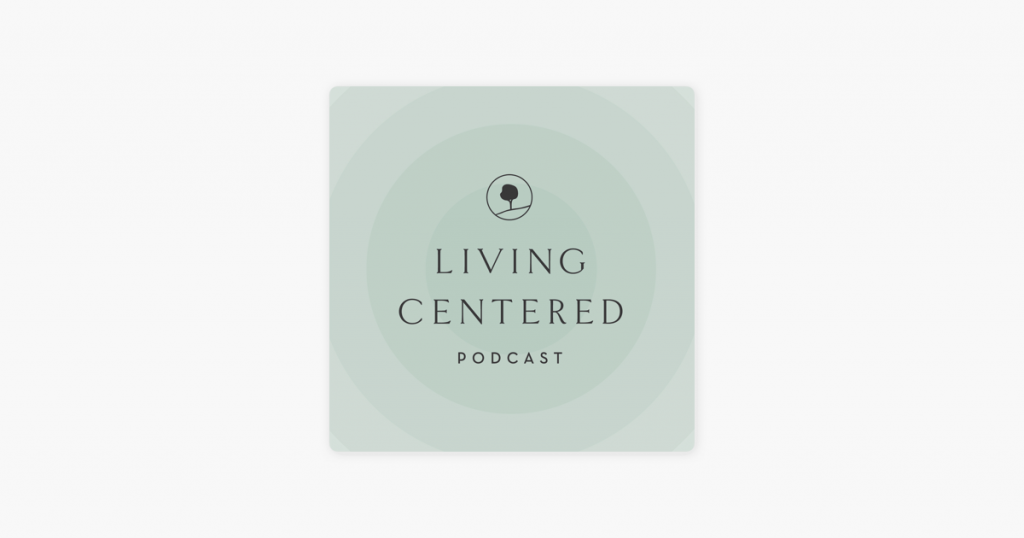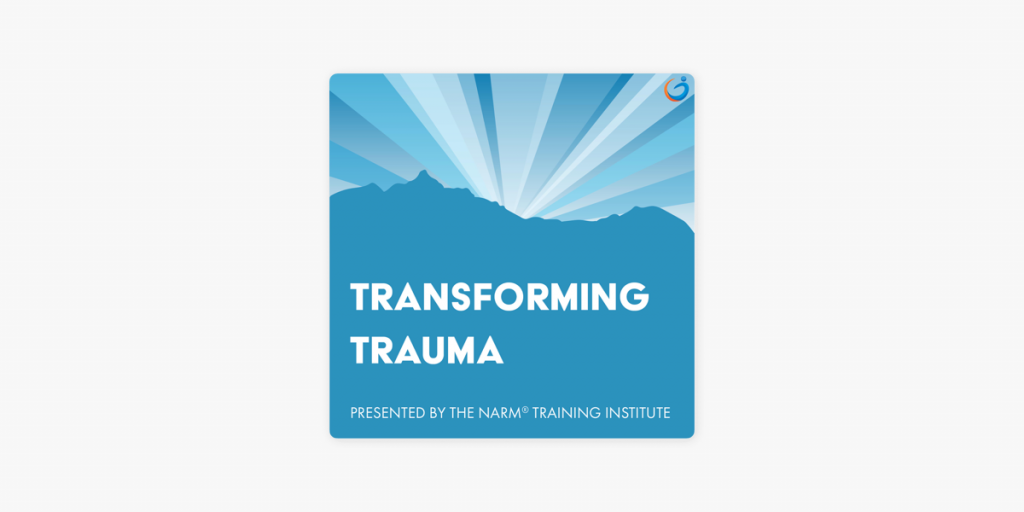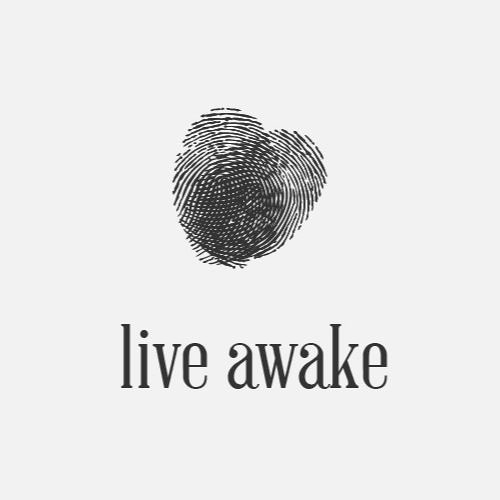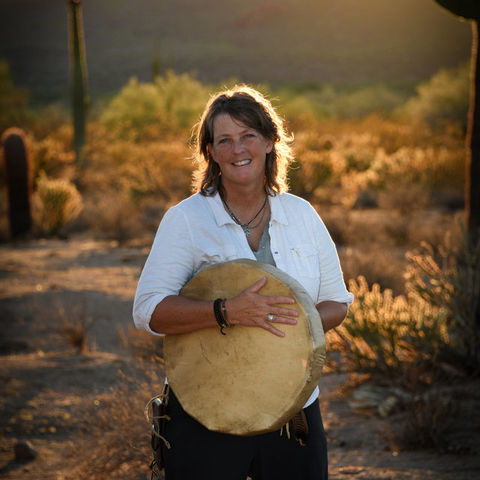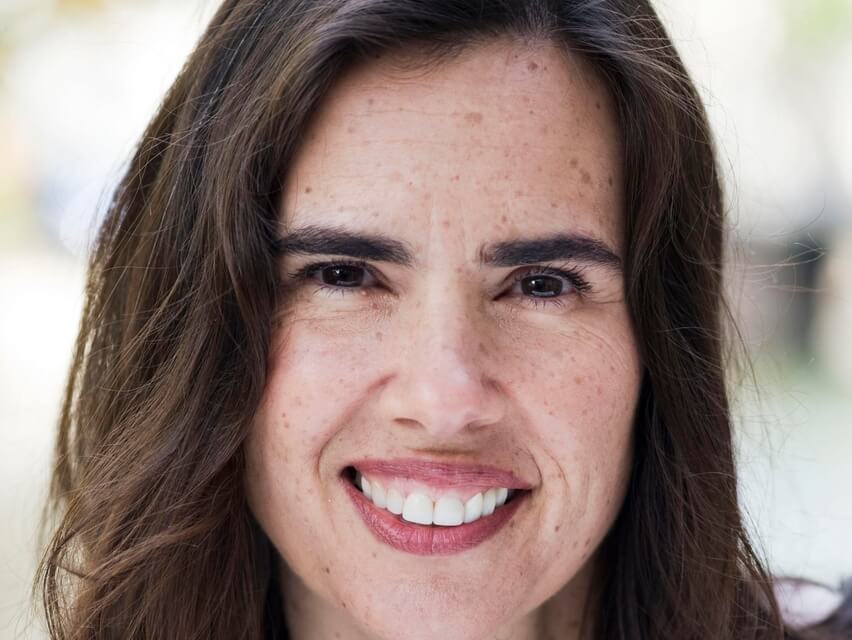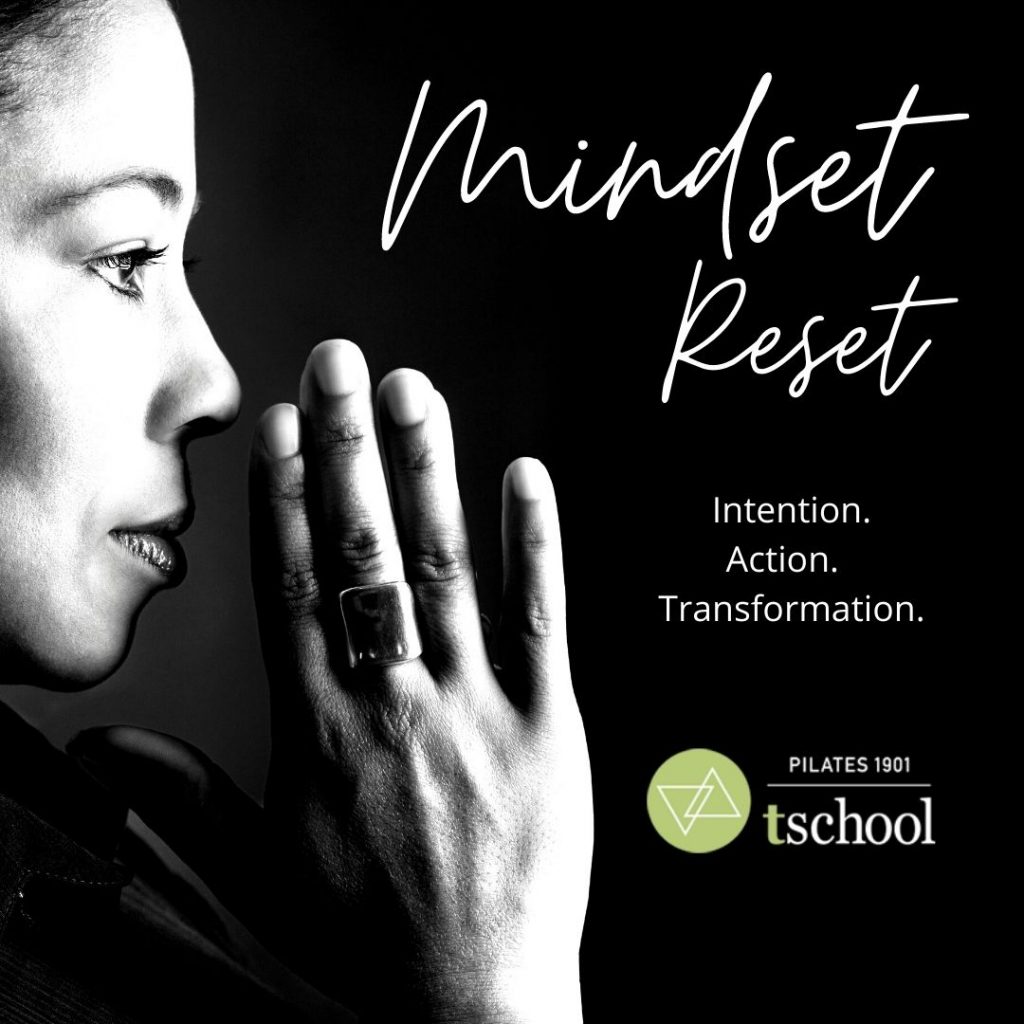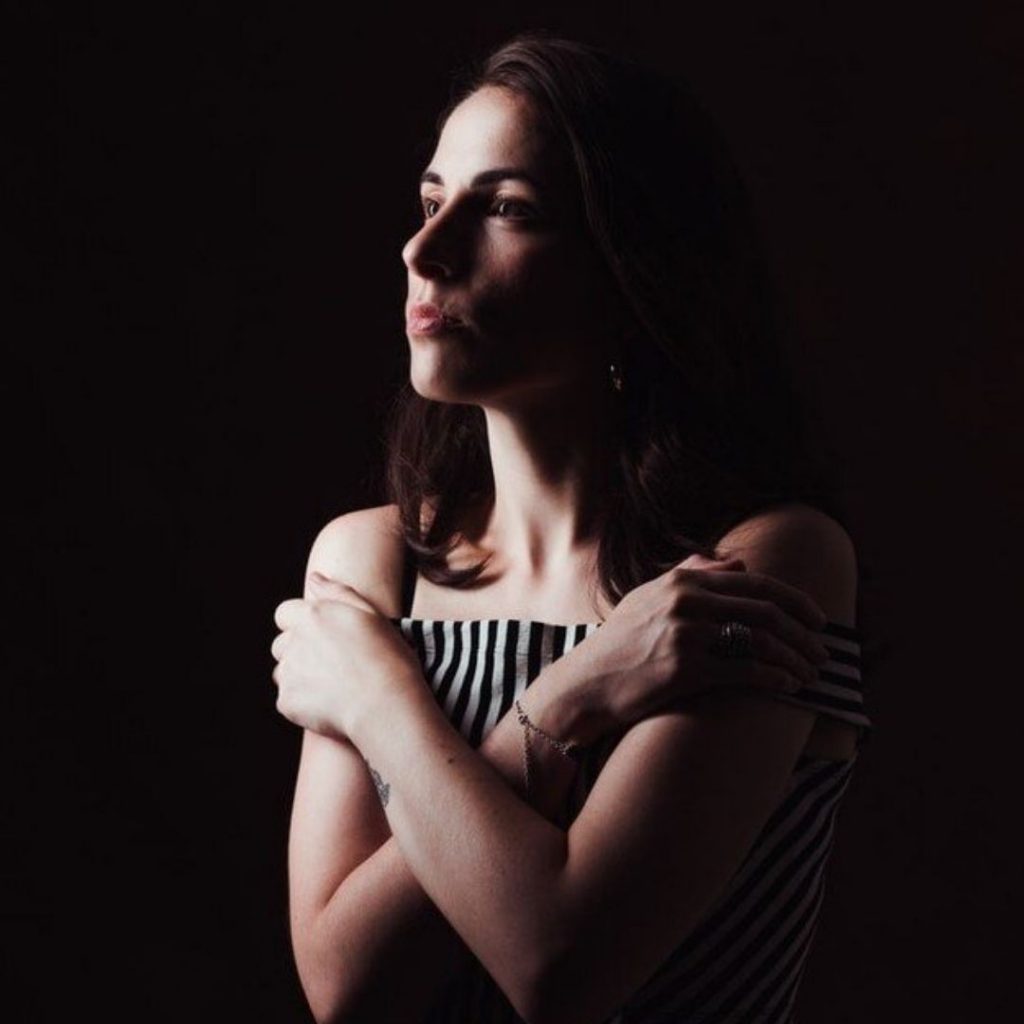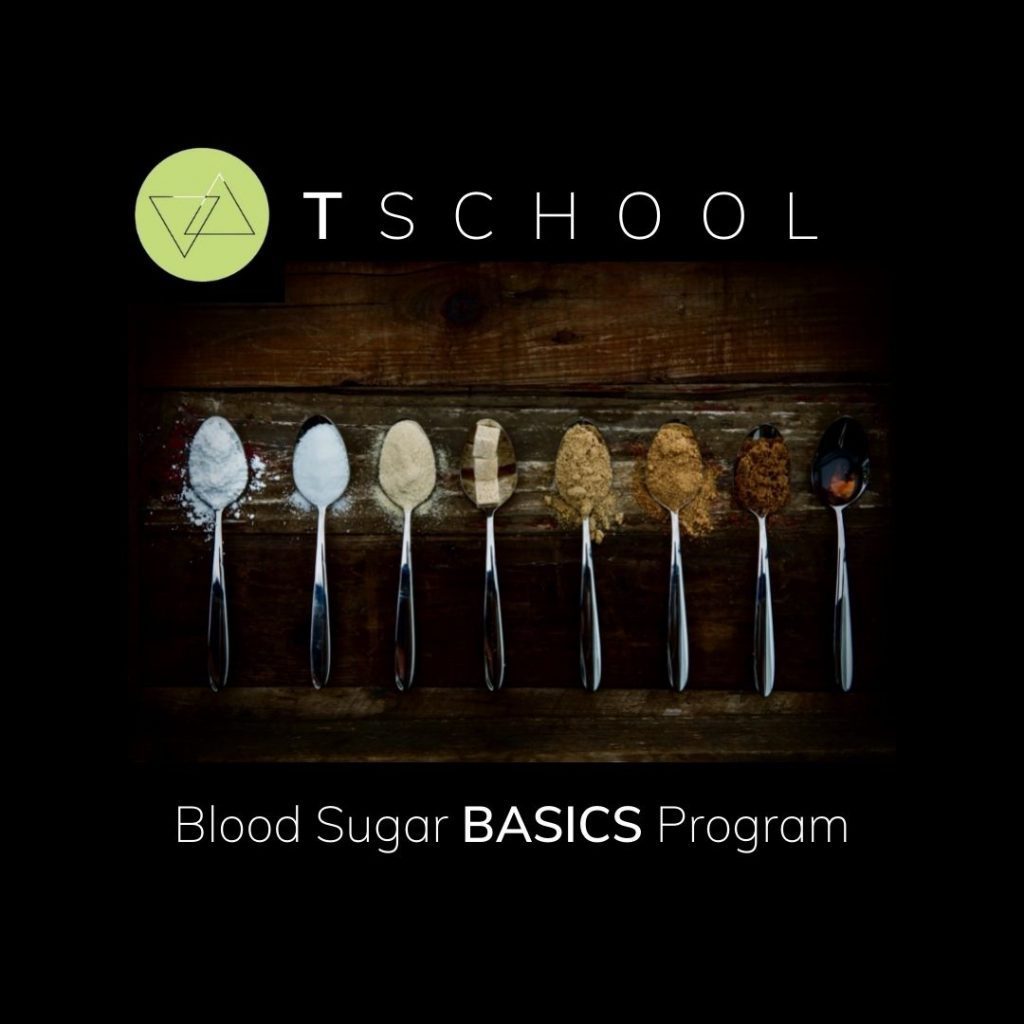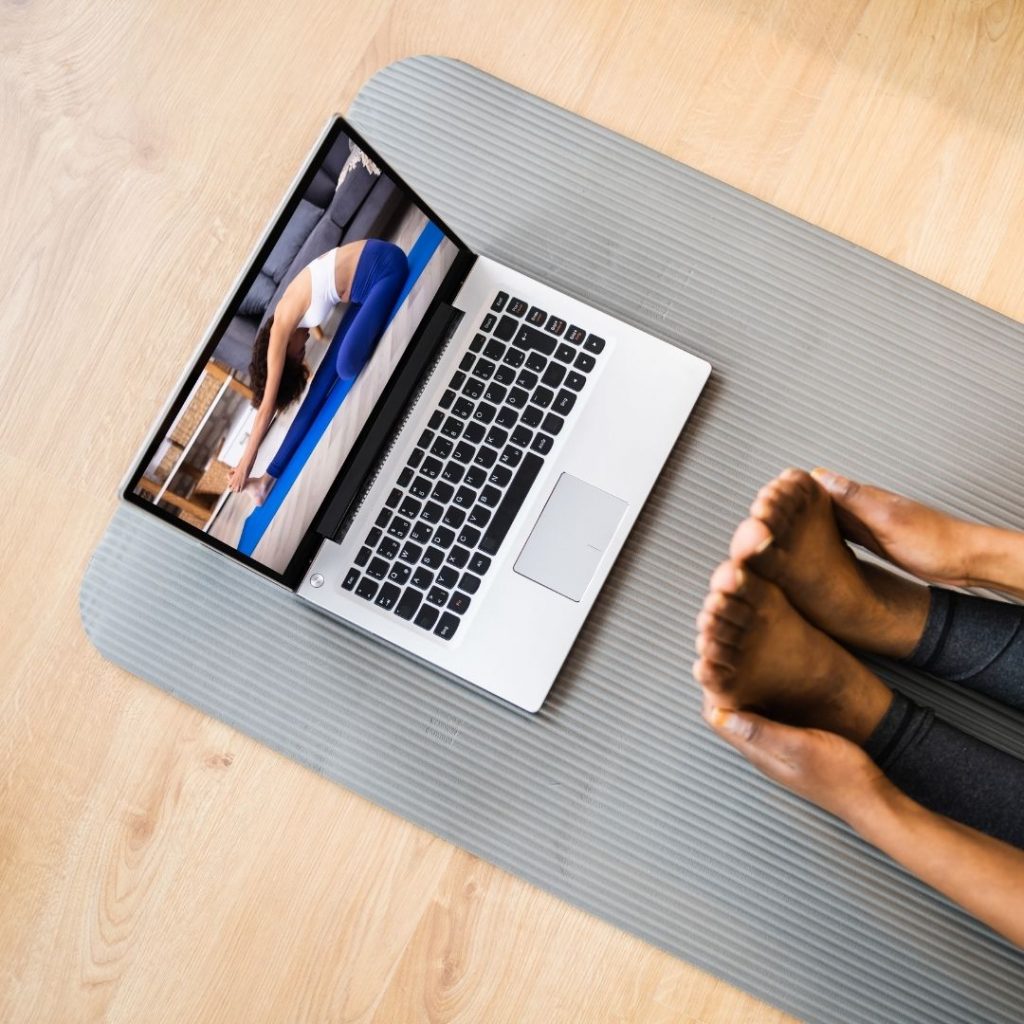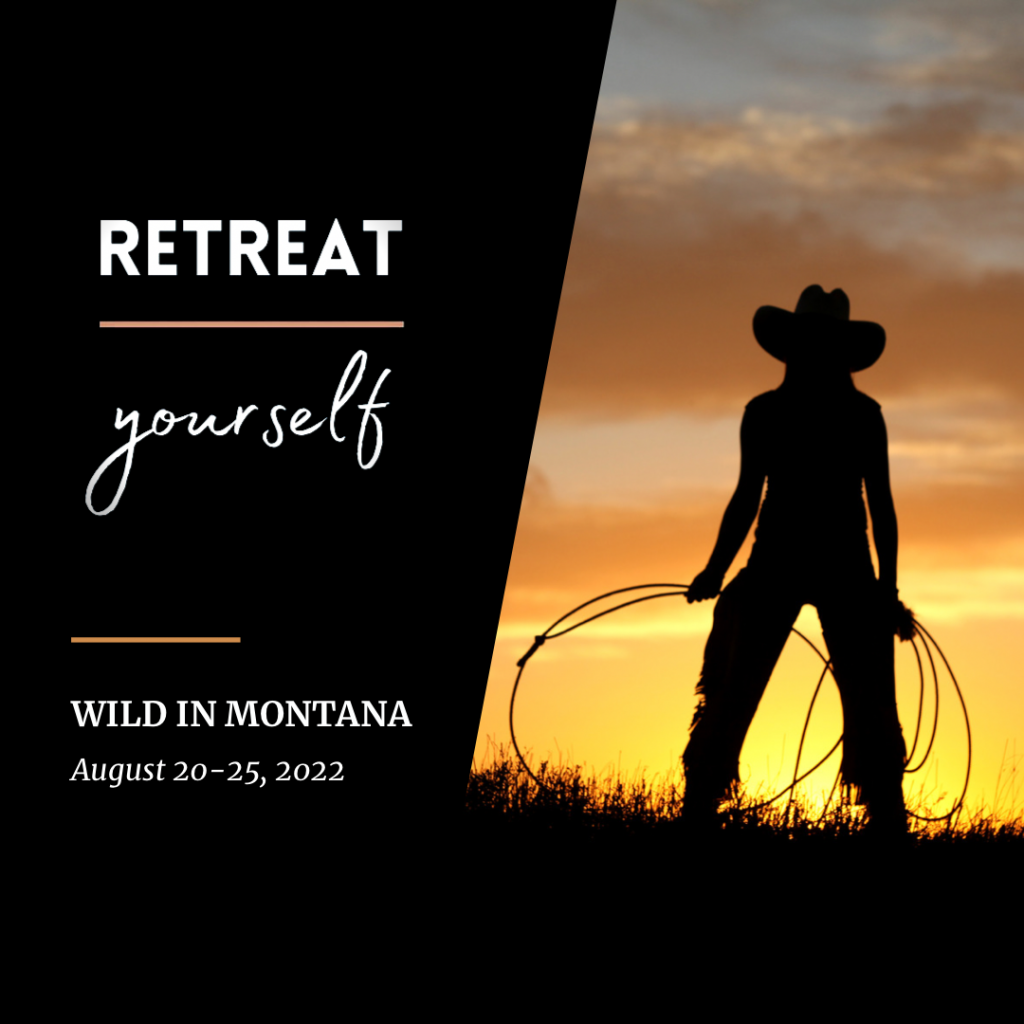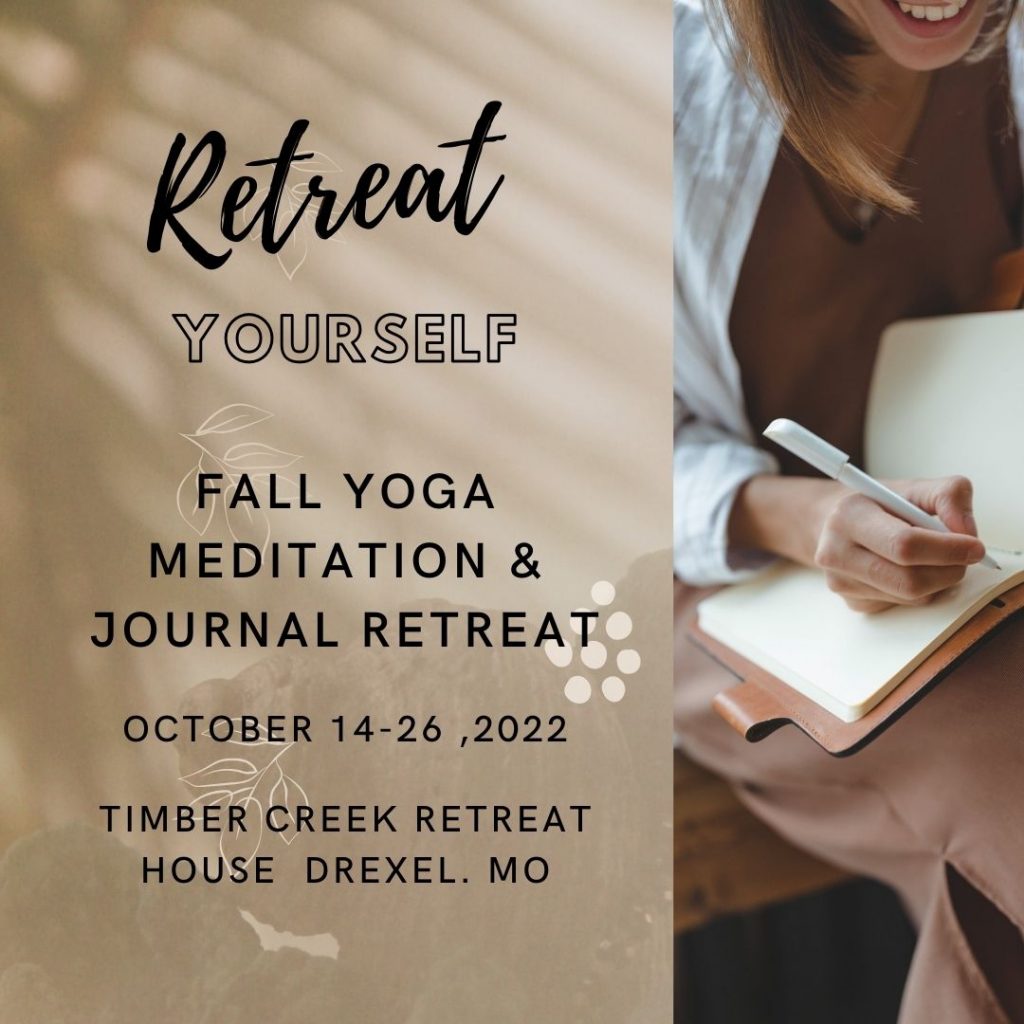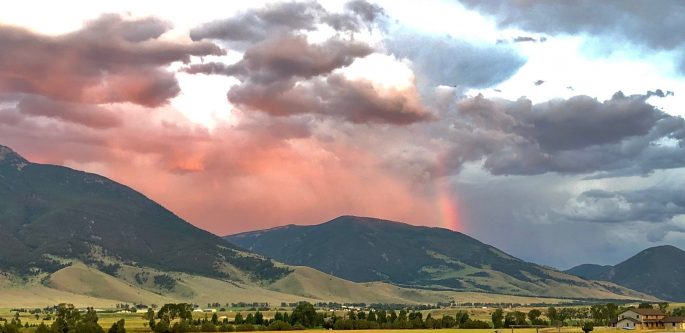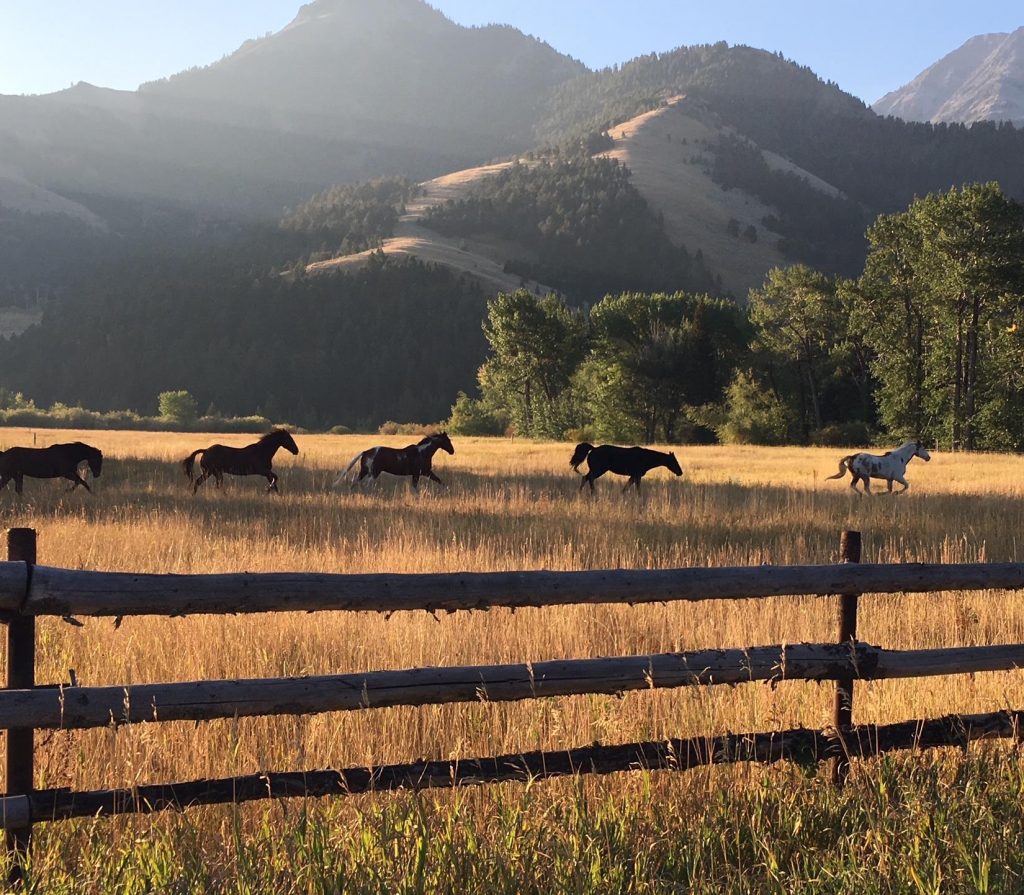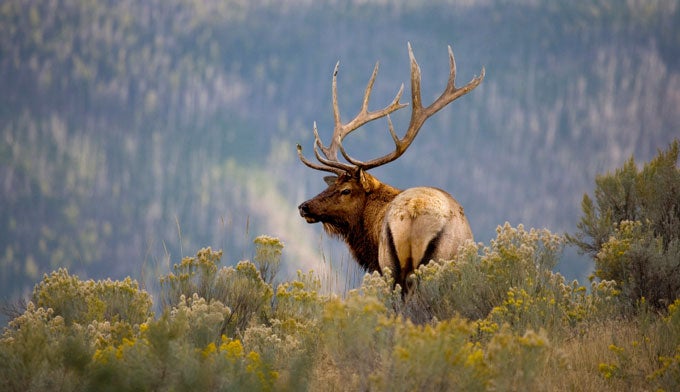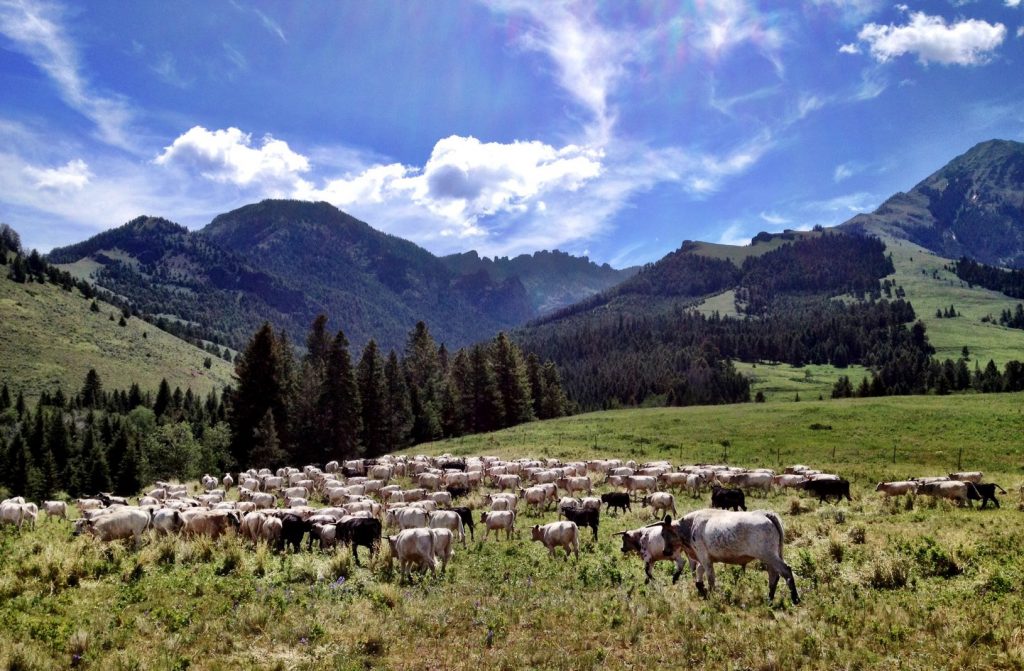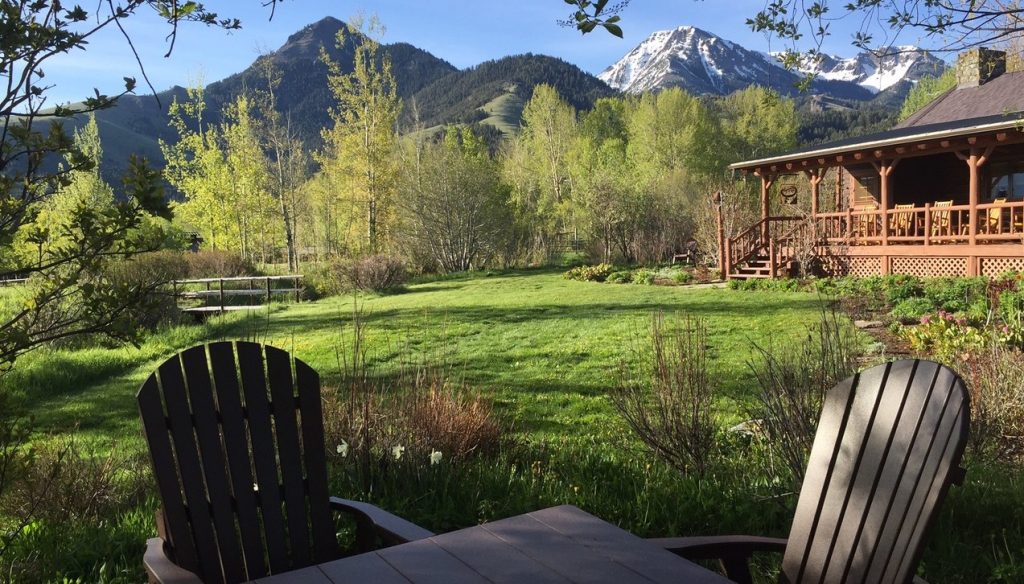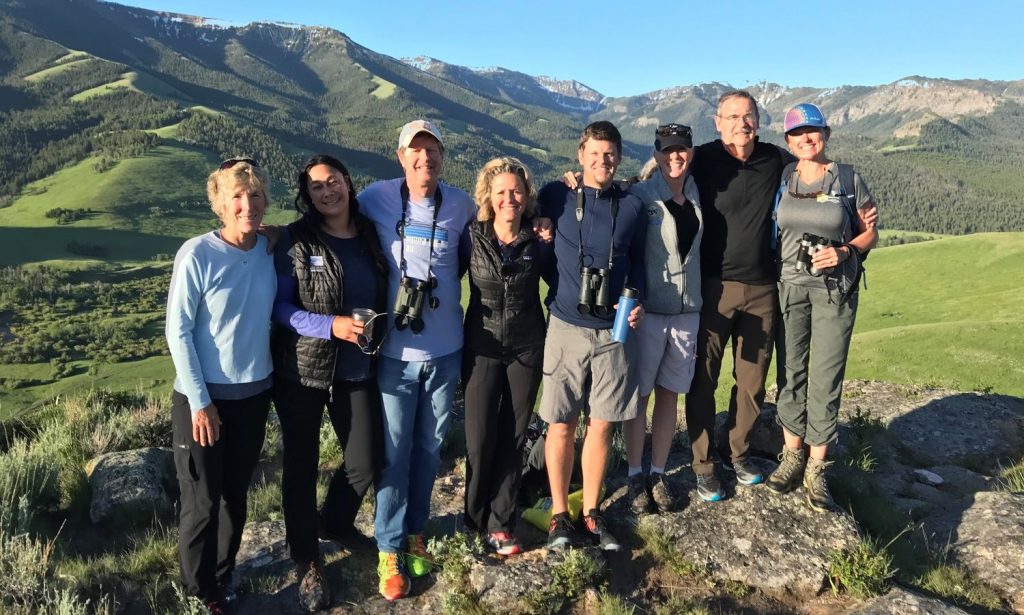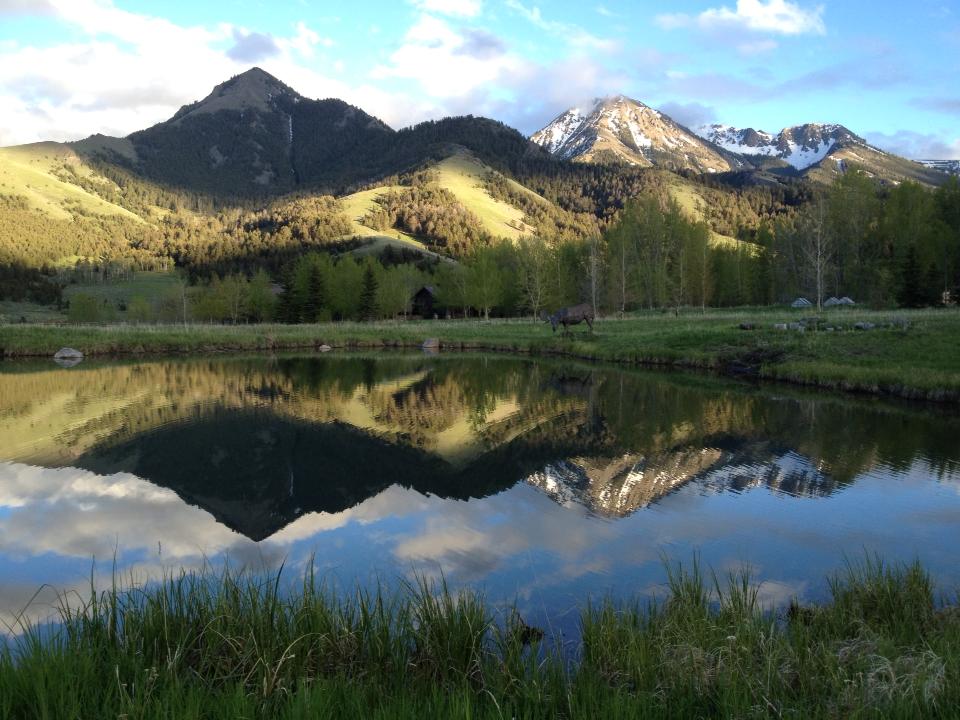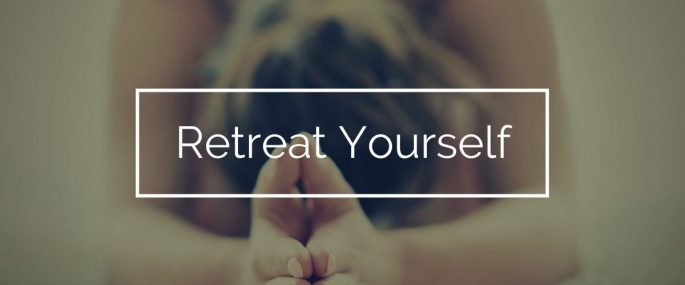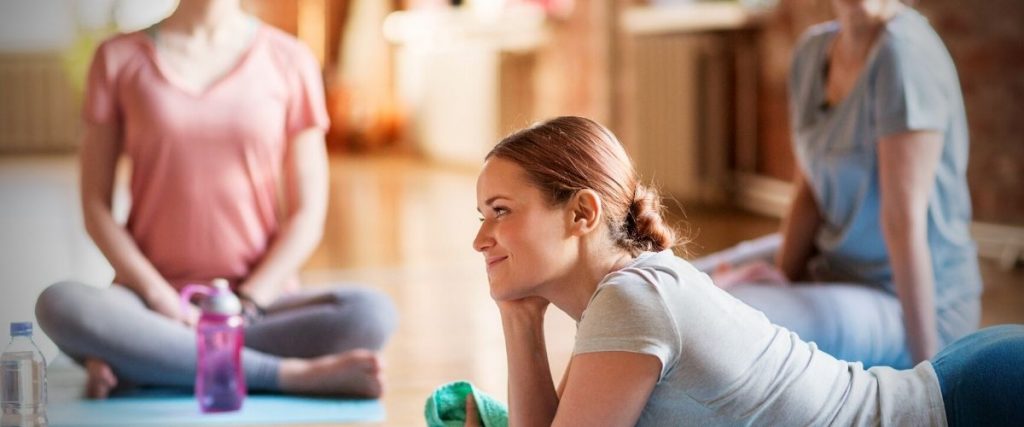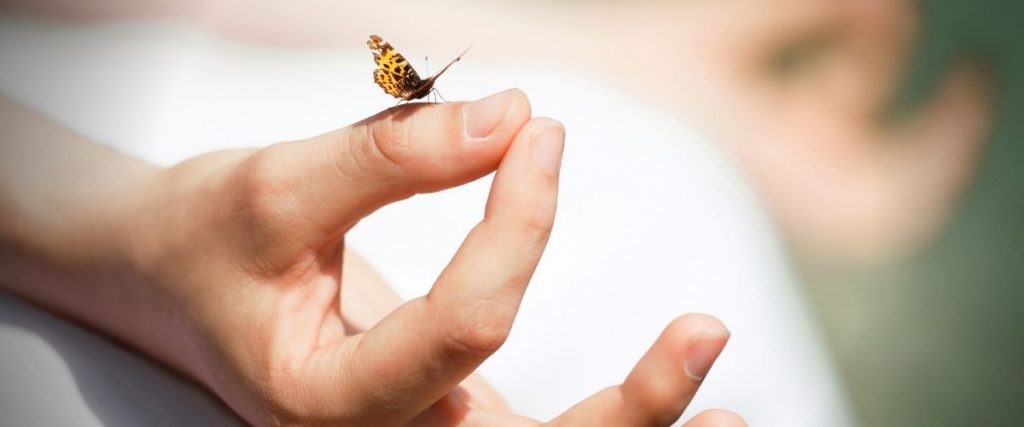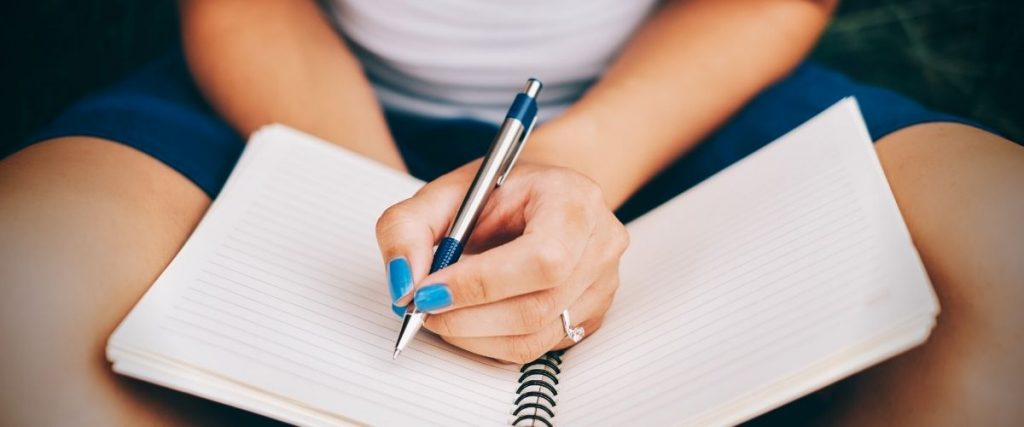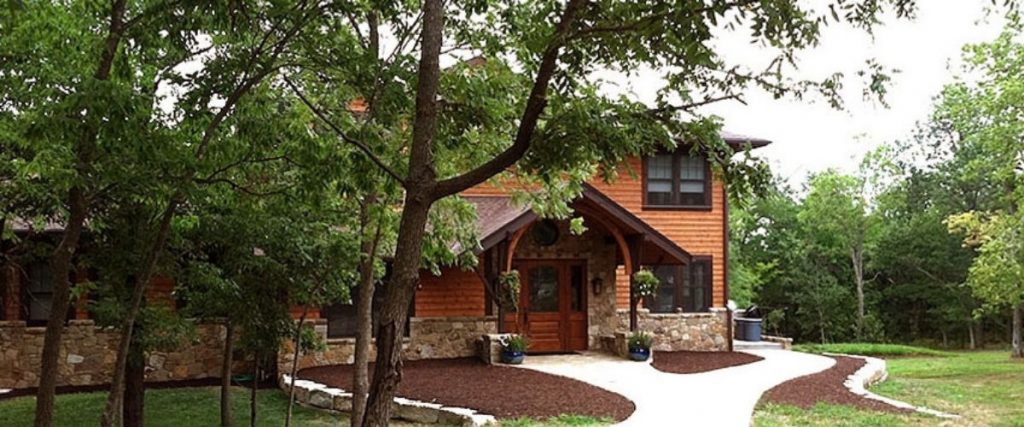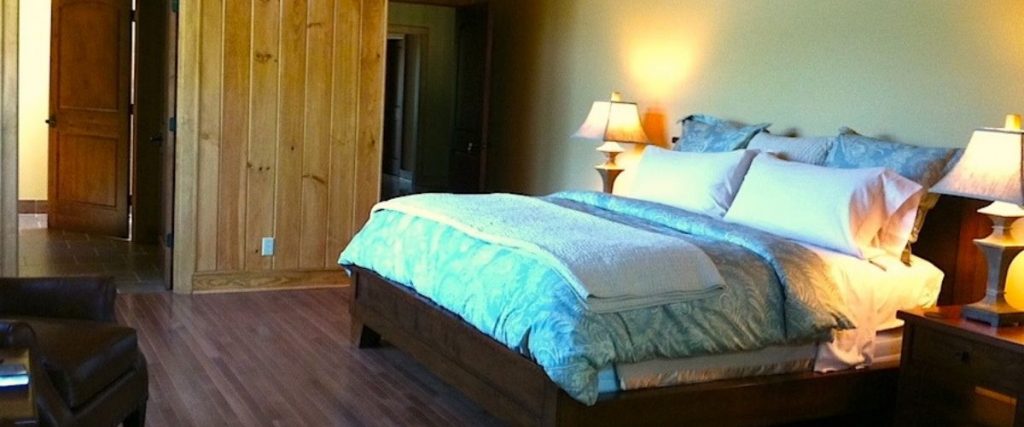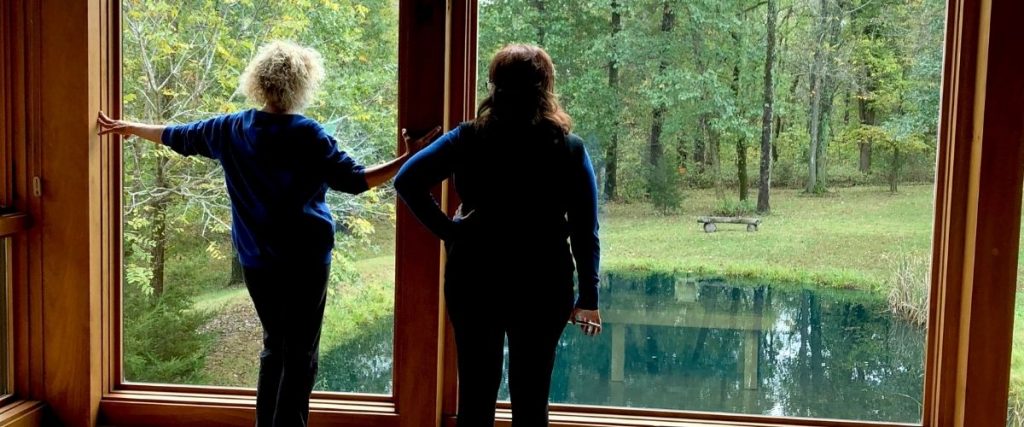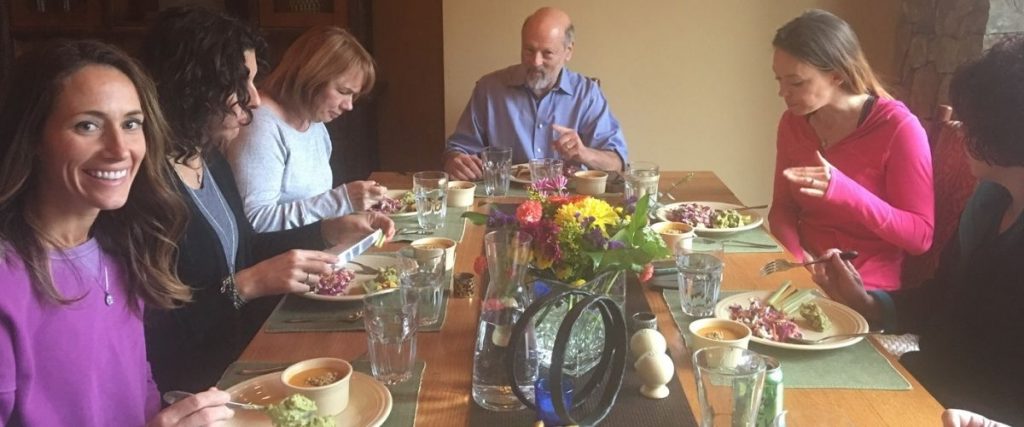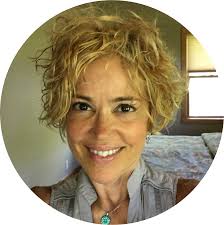I turn sixty-five this month, which is weird and amazing. I look in the mirror and see me, only me, 2.0. It turns out that doing less has provided more. And not all of those “mores” have been easy to accept.
But if we are lucky, we get to keep learning. And for that, I am grateful for being a crone.
Let me get more specific. I like being older, wiser, and more comfortable in my skin. I’m not as fond of hip replacements, sagging parts, and sun damage, but that’s the compromise we make. It’s all in the way we look at it.
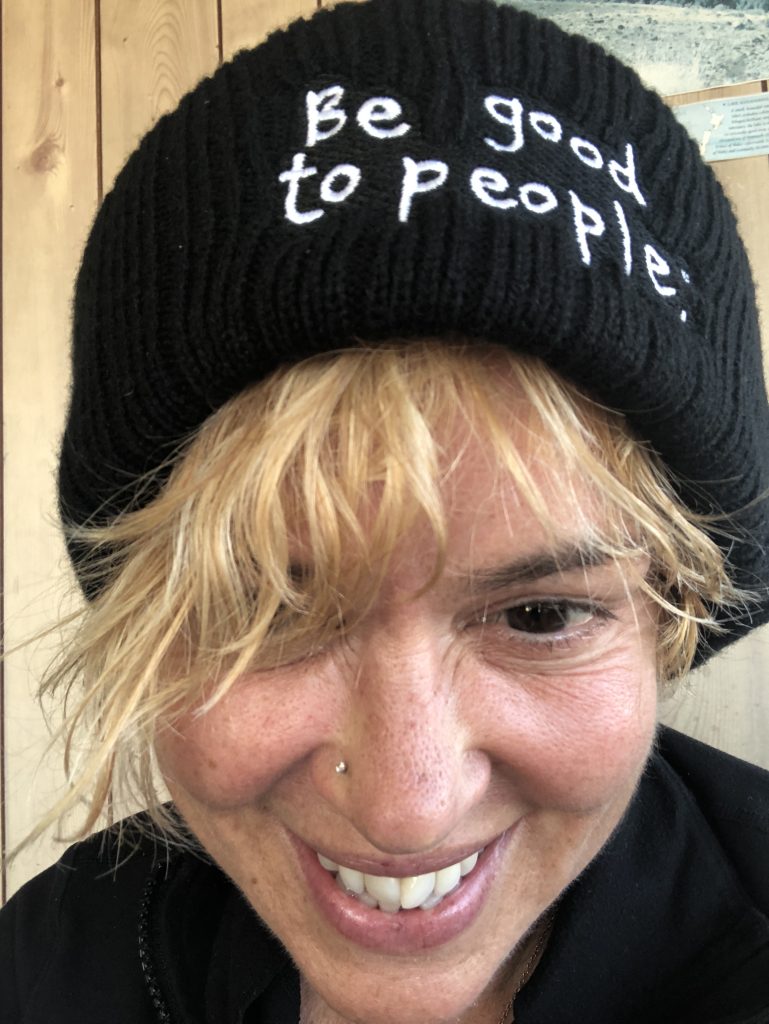
In folklore, a crone is an ugly old woman, (think Hansel and Gretel, or the Wicked Witch of the East.) In youth-obsessed America, she’s often dismissed and forgotten.
But, indigenous cultures around the world hold post-menopausal women in high esteem.
They are the wisdom keepers, healers, and teachers. Experience has taught them the secrets of life and death and the mysteries beyond this world.
Age is not a liability, it’s a gift. I can get on board with that.
Sixty-five has brought rich opportunities for both reviewing my life and dreaming the next chapters into being. Stepping out of the momentum tunnel of the past has allowed me to discern the thread of a new destiny. As old stories die, the future pulls me forward.
This isn’t a rewrite, it’s a rebirth.
Life is a series of small deaths and births. If I’d had more trust, I could have suffered less in the dying. But that had to die, too.

I became a Grandmother at sixty-three. I am 100% in love with my grandson.
The freedom that comes from not being the primary caregiver opens endless possibilities. I’m able to give George the love I was unable to give my sons.
I had it. I just didn’t know how to access it.
My grandmothers knew how to love and they poured it into me. Mamaw taught me how to cook and Rose Nell how to sew. Both taught me about God, faith, and responsibility. They weren’t educated, but they were wise. They were unassuming, but not passive.
It wasn’t what they said; it was what they did.
With the strength of mountains, my grandmothers helped plant the seeds of my becoming. I knew who I was with them and who I could grow up to be. Their steadfast tether gave me the courage to fly. They were my home.
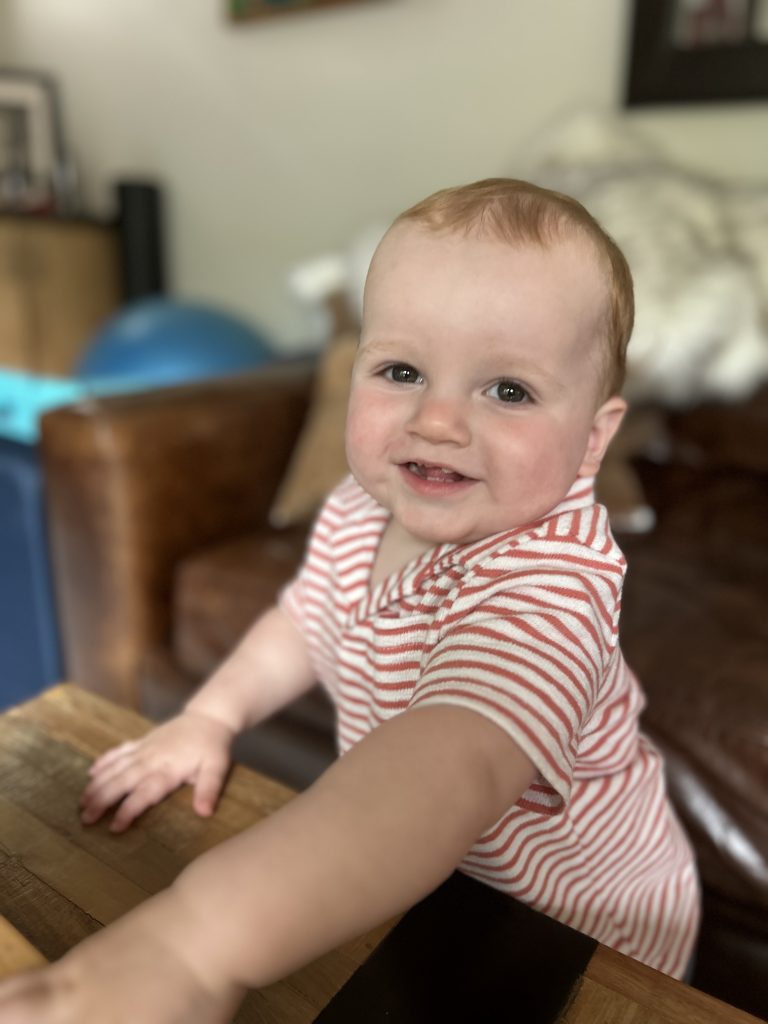
I want to be that force for George. I can do that by showing up, listening, and being a fun but grounding influence.
The hardest part is knowing he’s going to get hurt facing the challenges in life. Part of me wants to protect him; the other part wants to initiate him. But since neither is my responsibility I’ve come up with a list of lessons I hope help him see the doorways within life’s distress.
I’m not sure when I will give it to him. I guess I’ll wait until he can read.
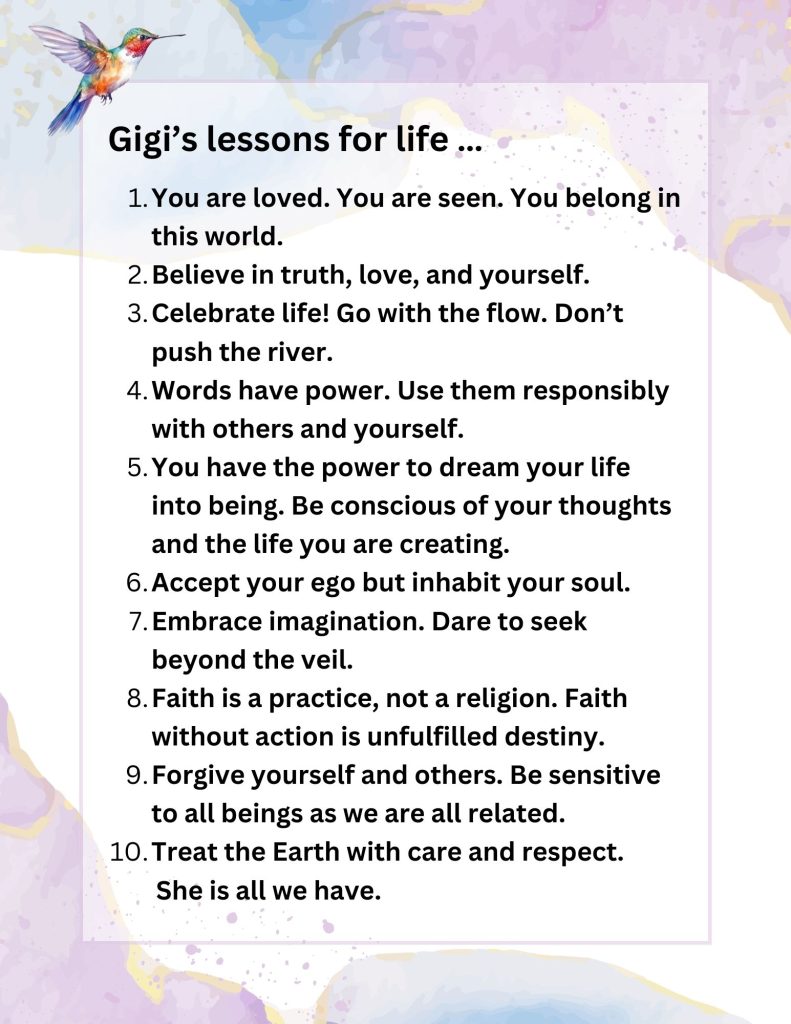
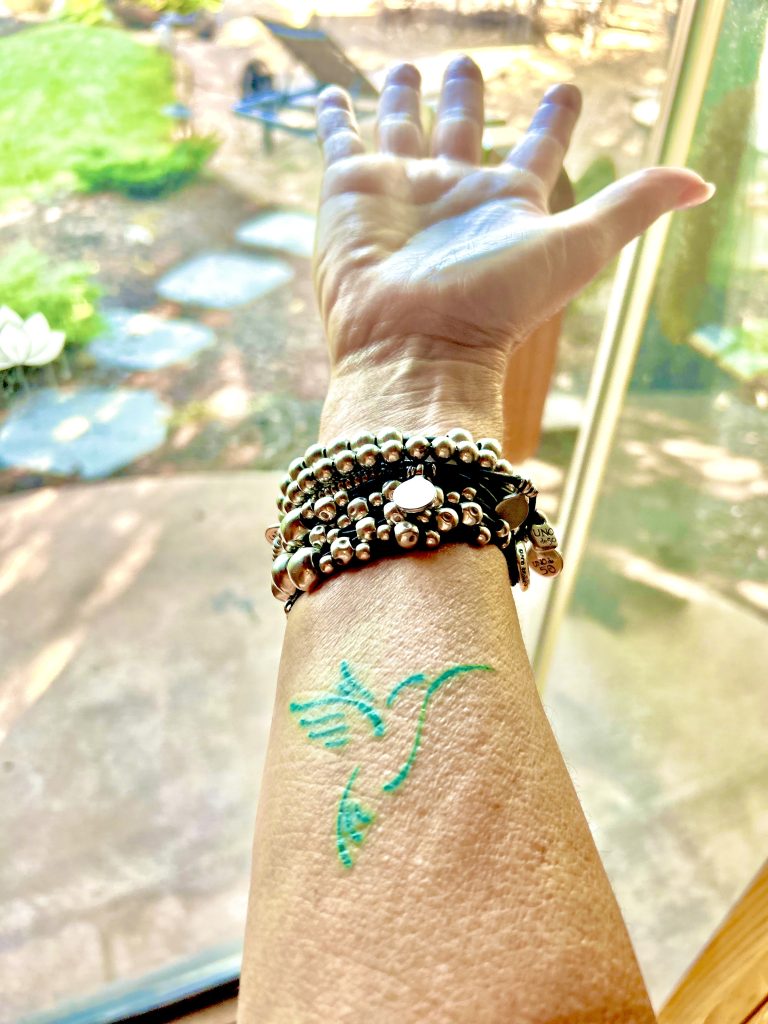
Like George, I am young and still growing. I used to need to know where I was going. I don’t anymore.
Many years ago, I was given the name Hummingbird at a spiritual healing retreat in Belize. I assumed it was because I was overly busy, anxious, and flighty. Only recently have I learned about Hummingbird’s medicine.
These tiny creatures fly from Brazil to Canada each year and need a huge amount of nectar to survive. They don’t worry about where they’re going to get this nectar, they trust an inner conviction that all will be well.
The hummingbird signifies healing, perseverance, freedom, and joy. In some cultures it is regarded as a spiritual messenger, linking our head to our hearts, the physical and spiritual worlds.
With her magical ability to fly in all four directions as well as in stillness, this small but powerful totem calls us to destiny, daring us to embark on our own epic journey.
George and I have some flying to do.
